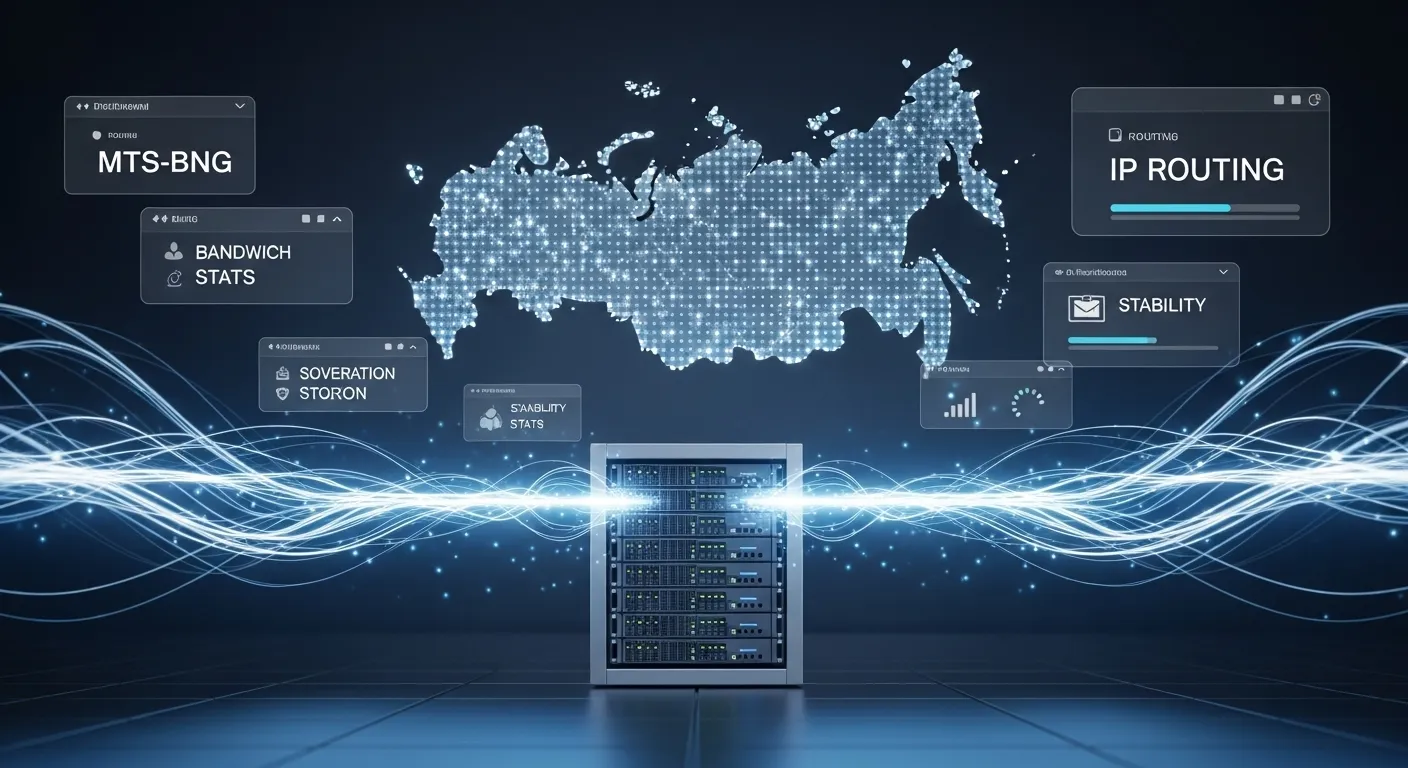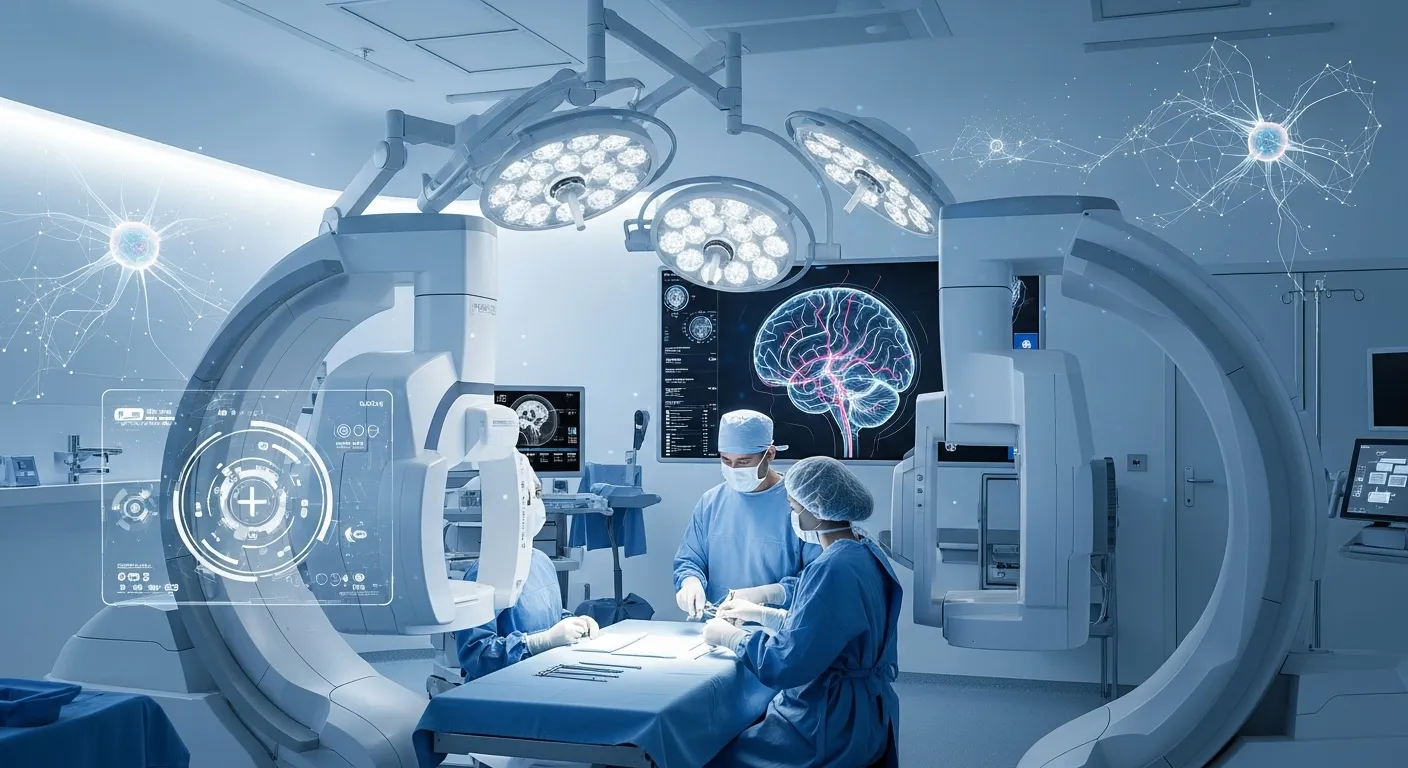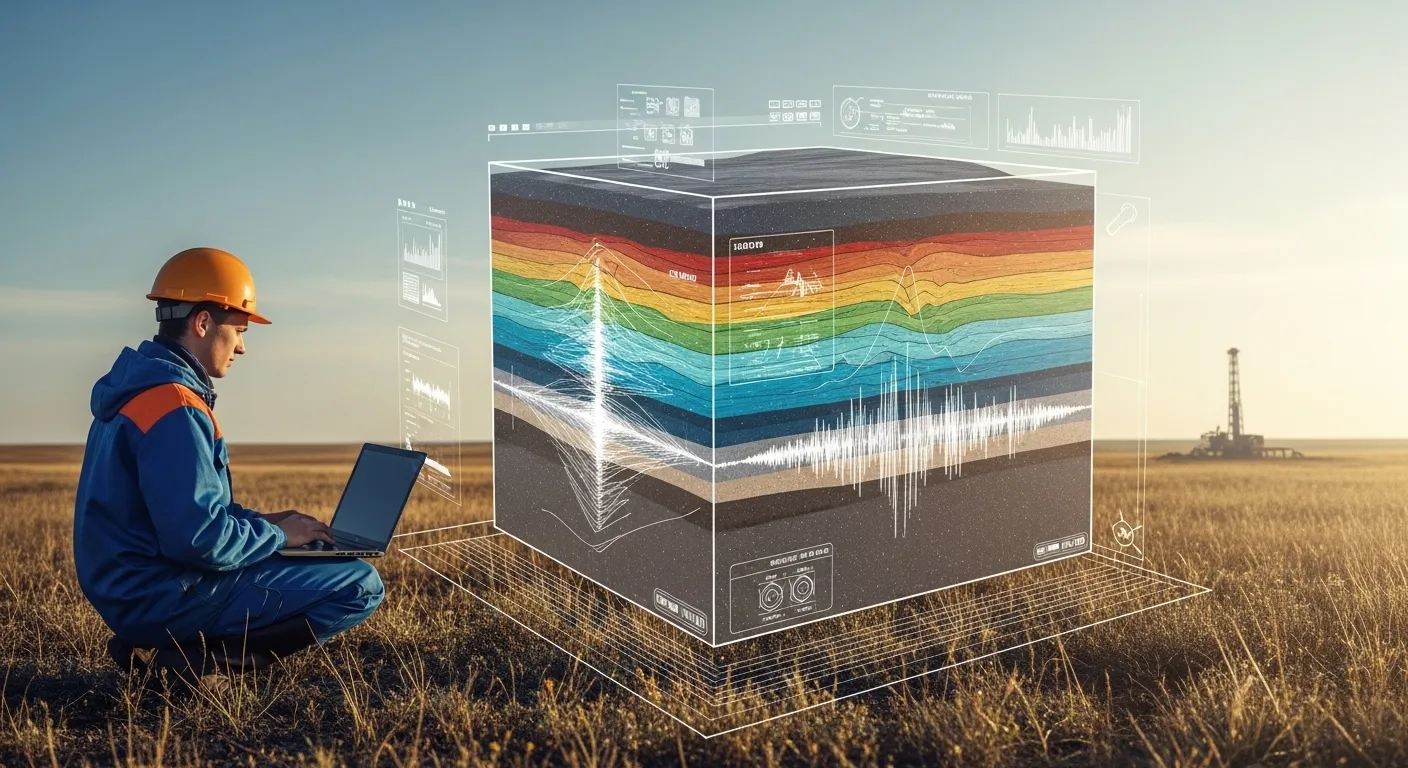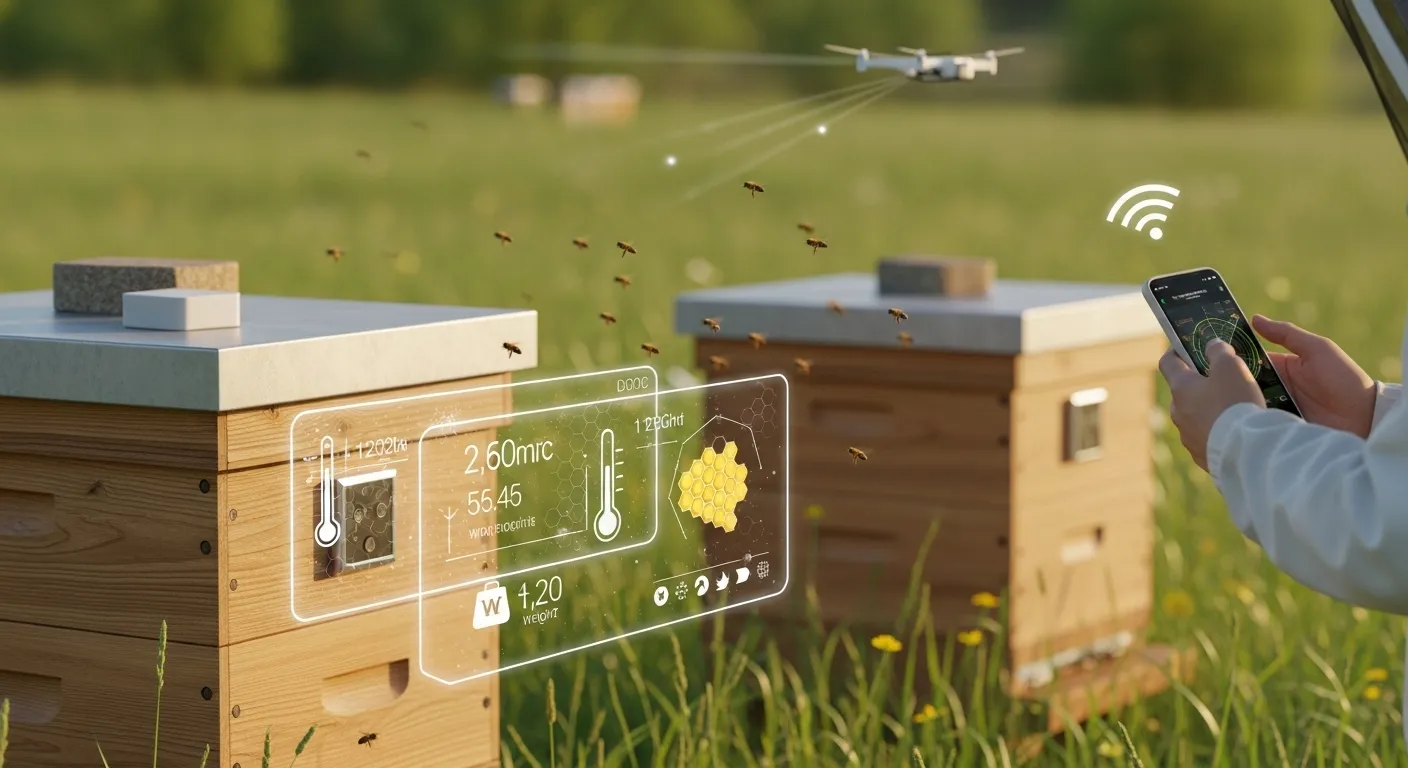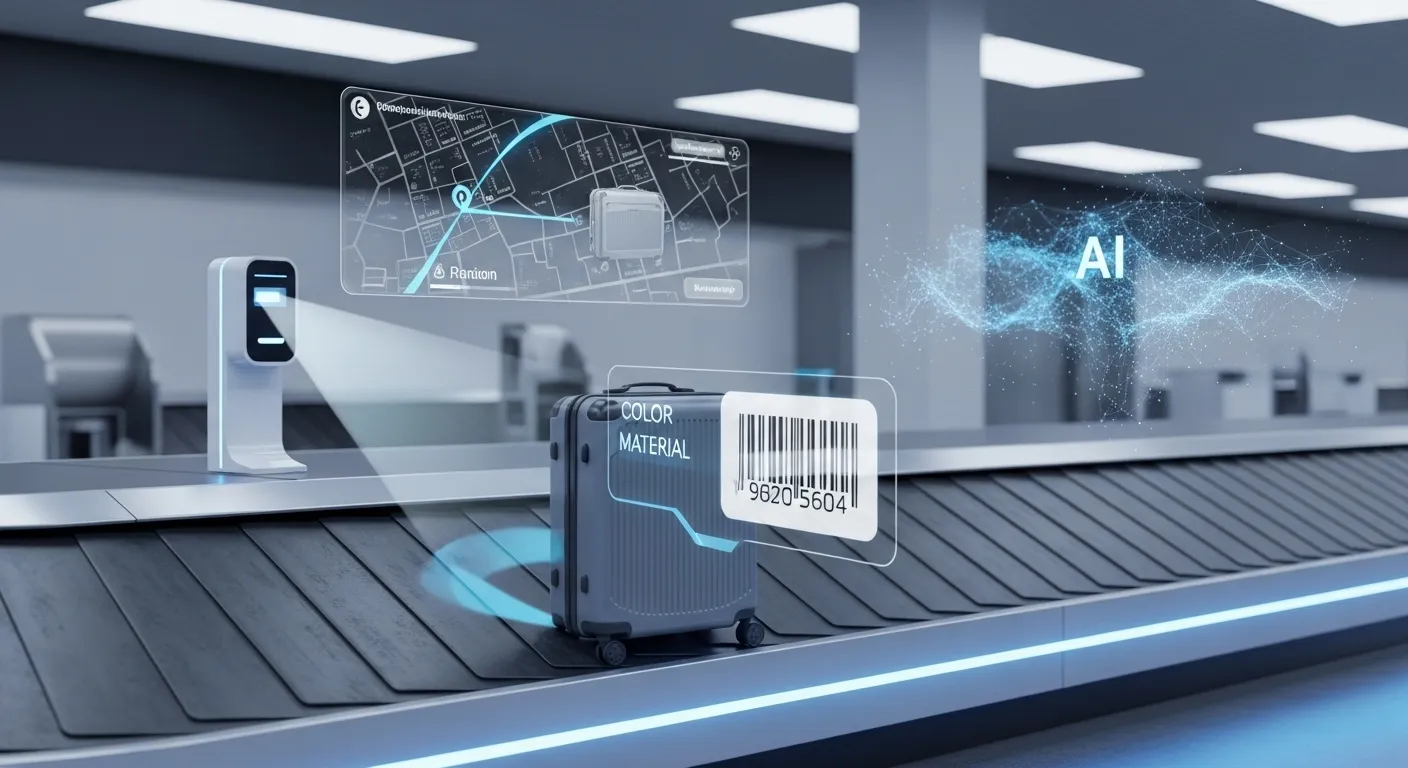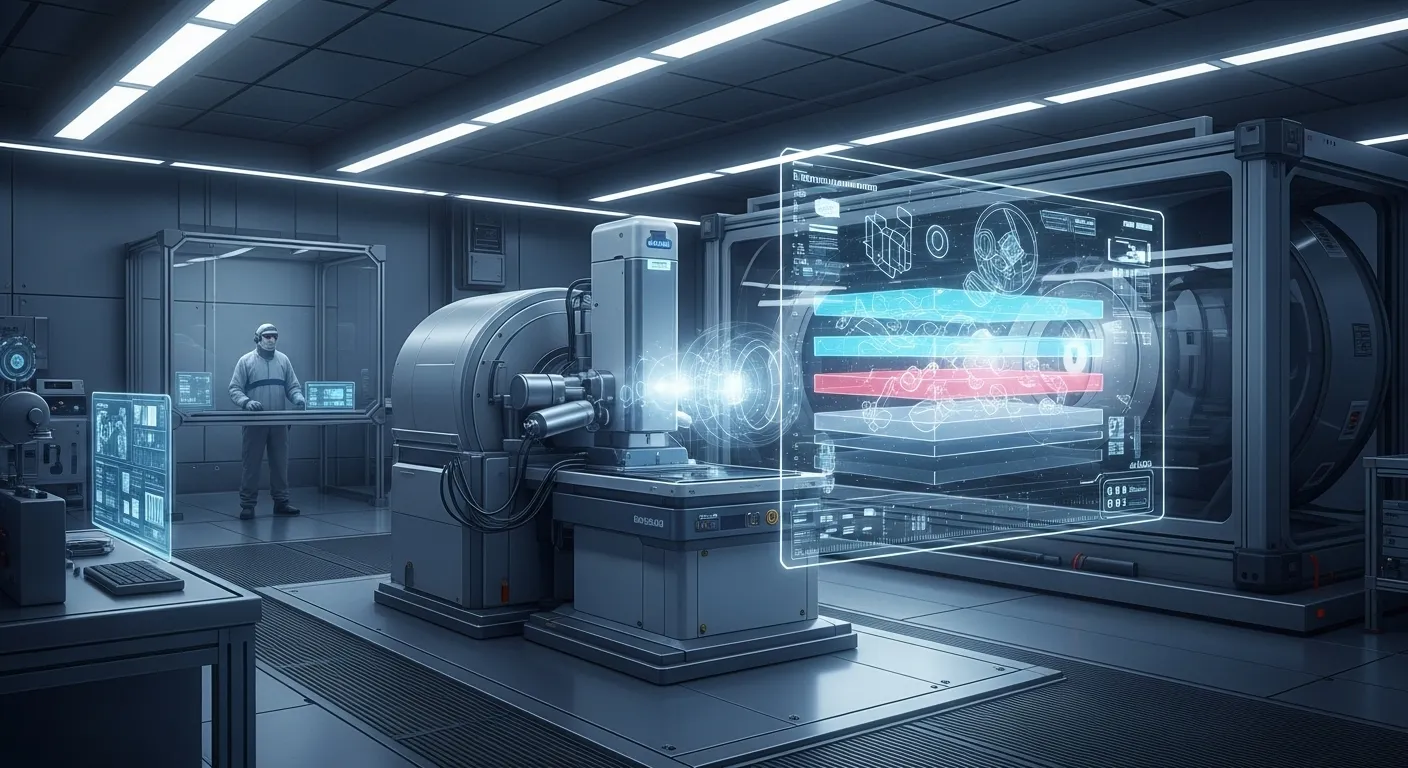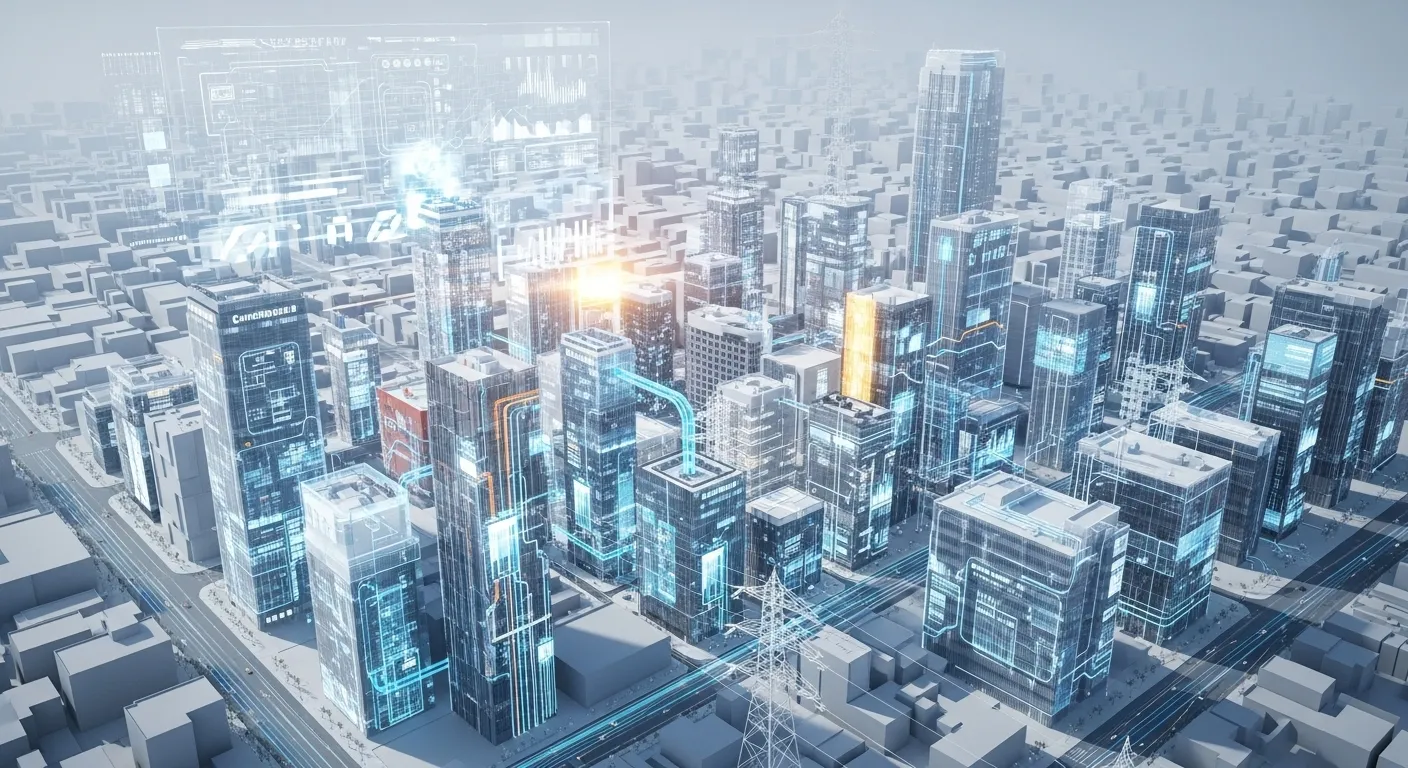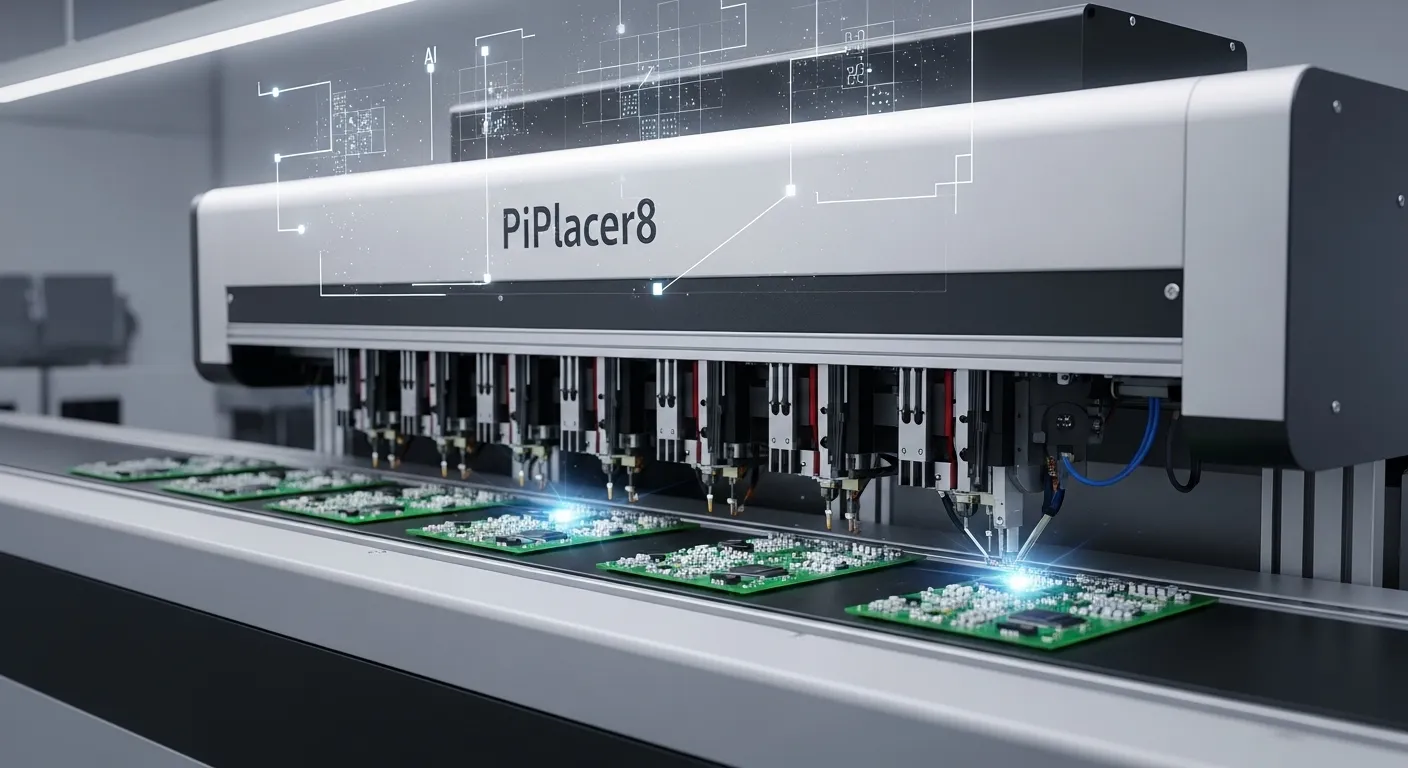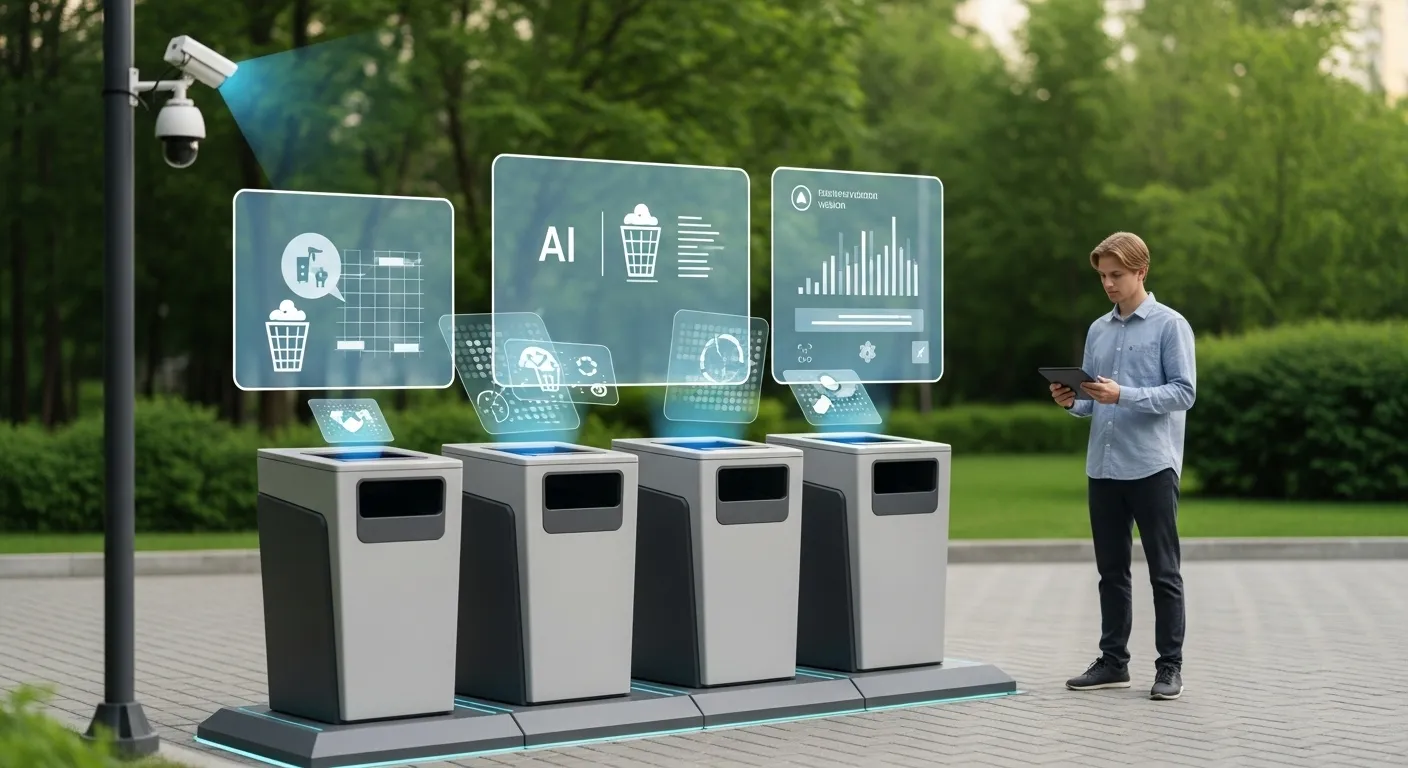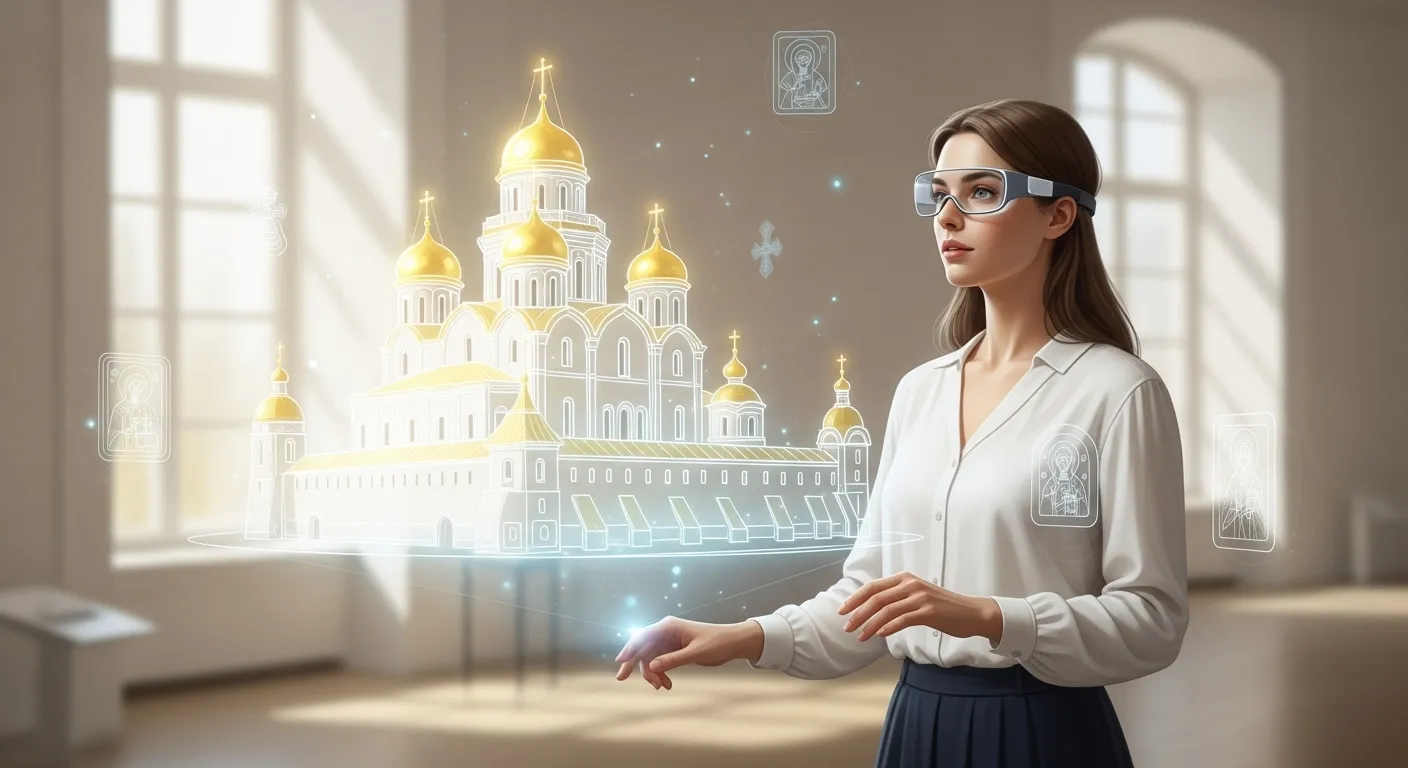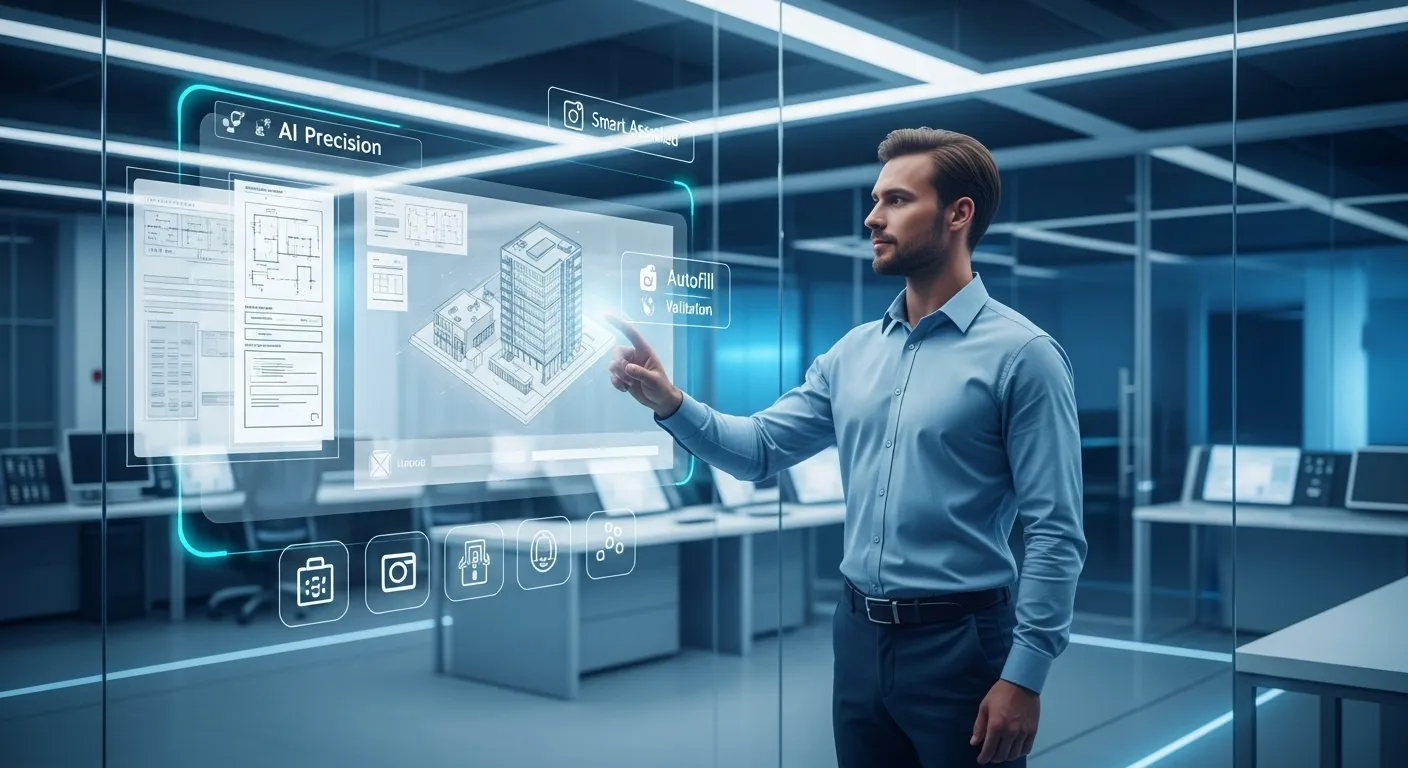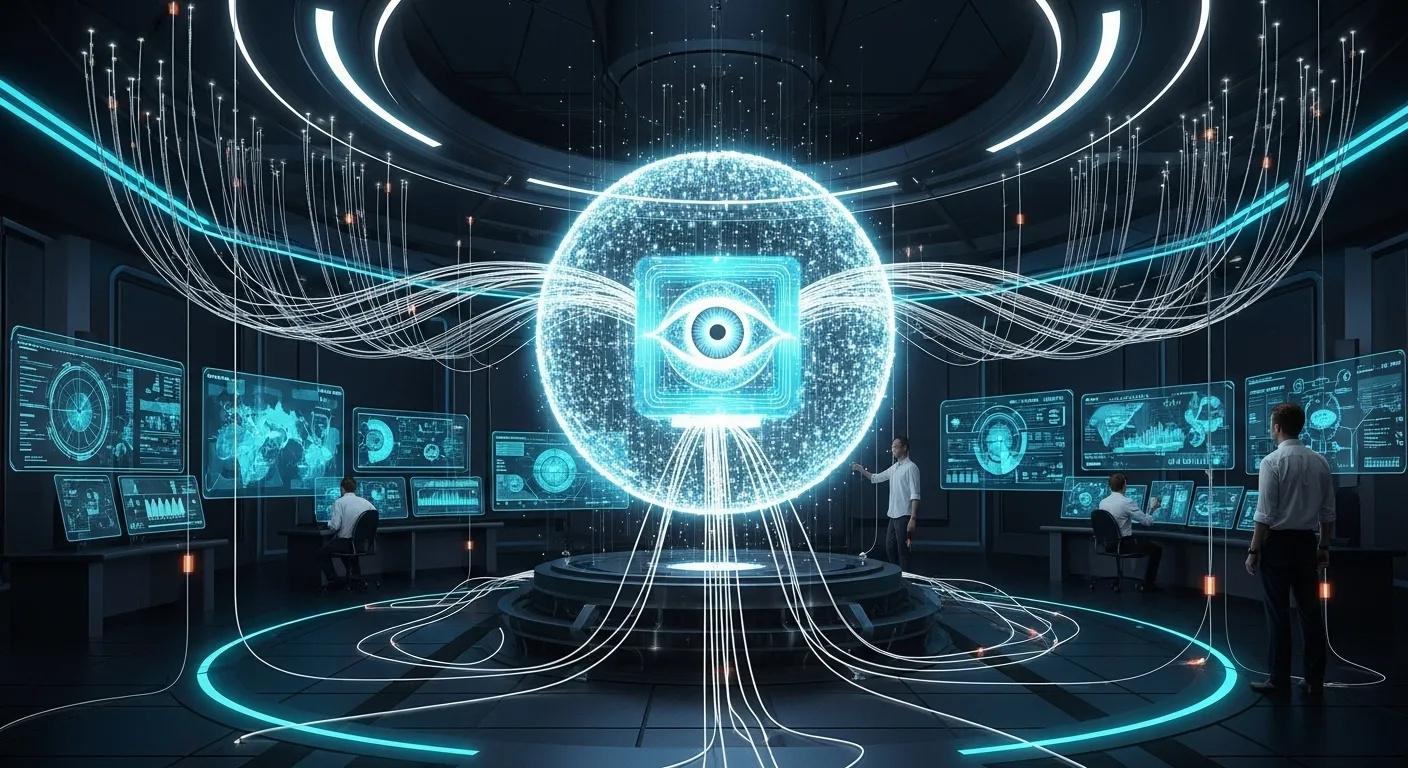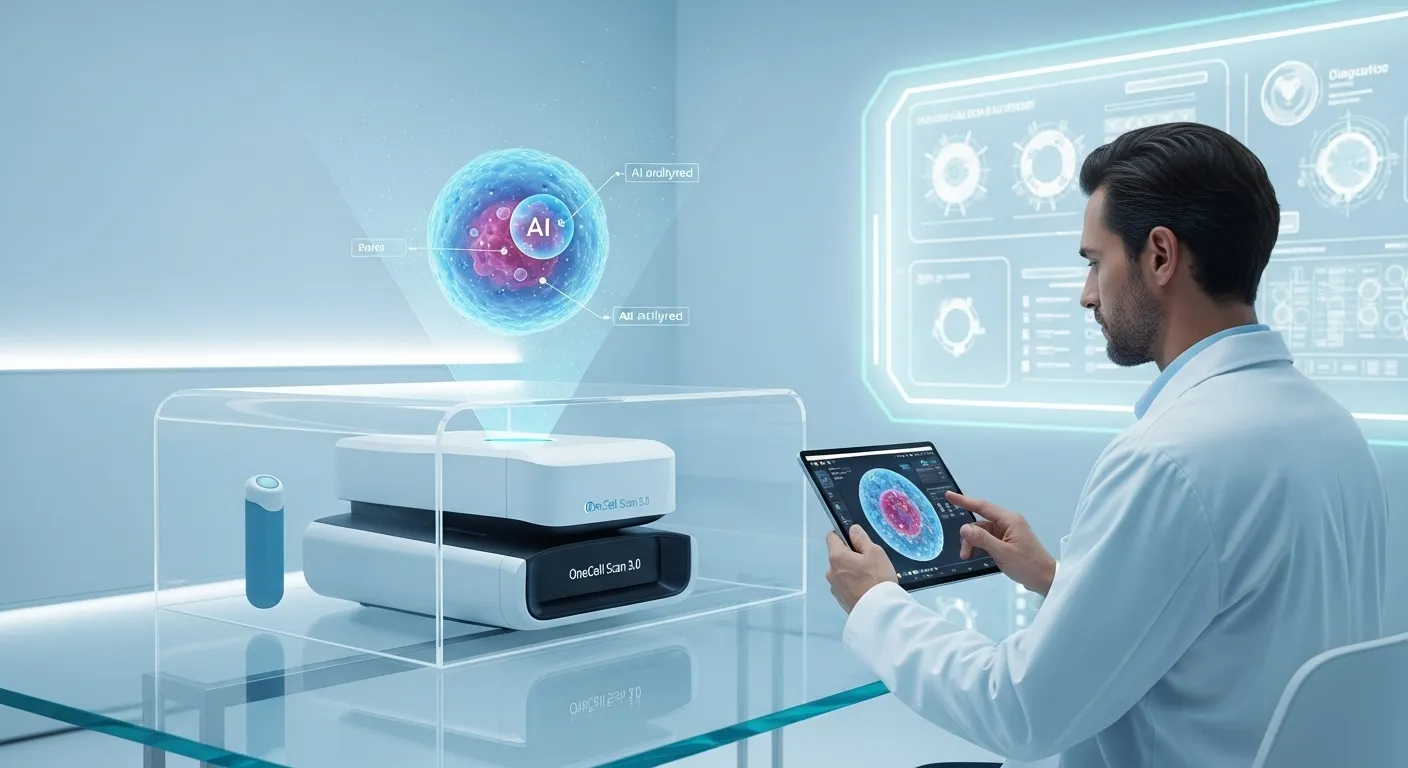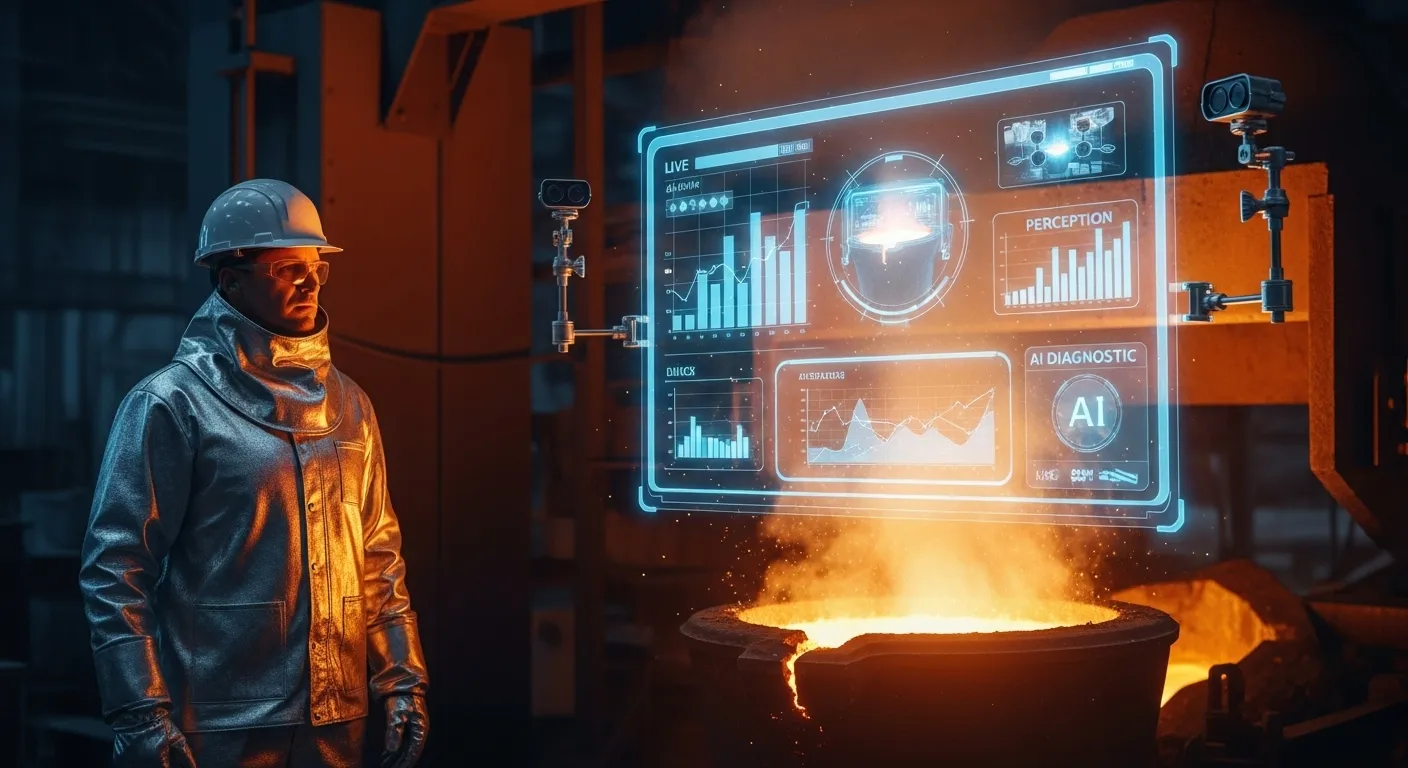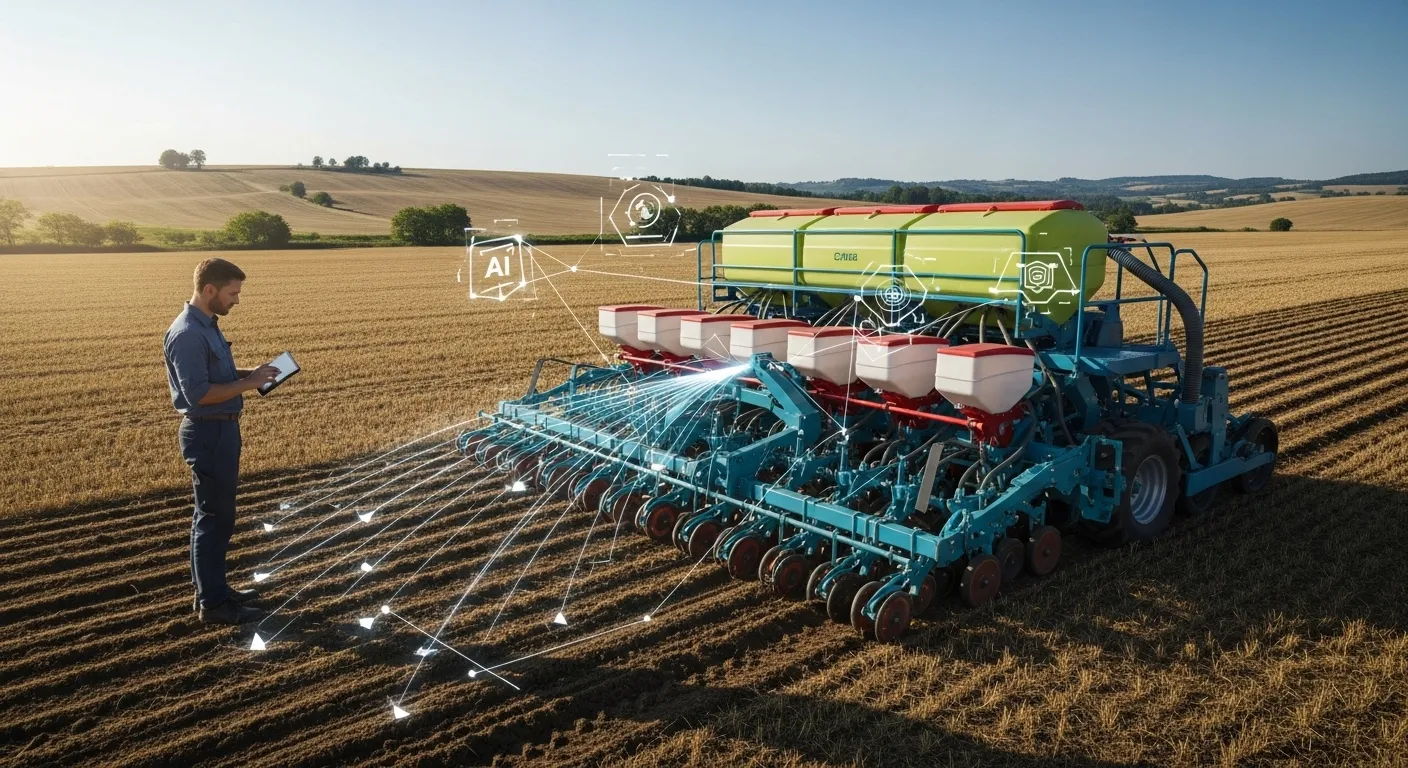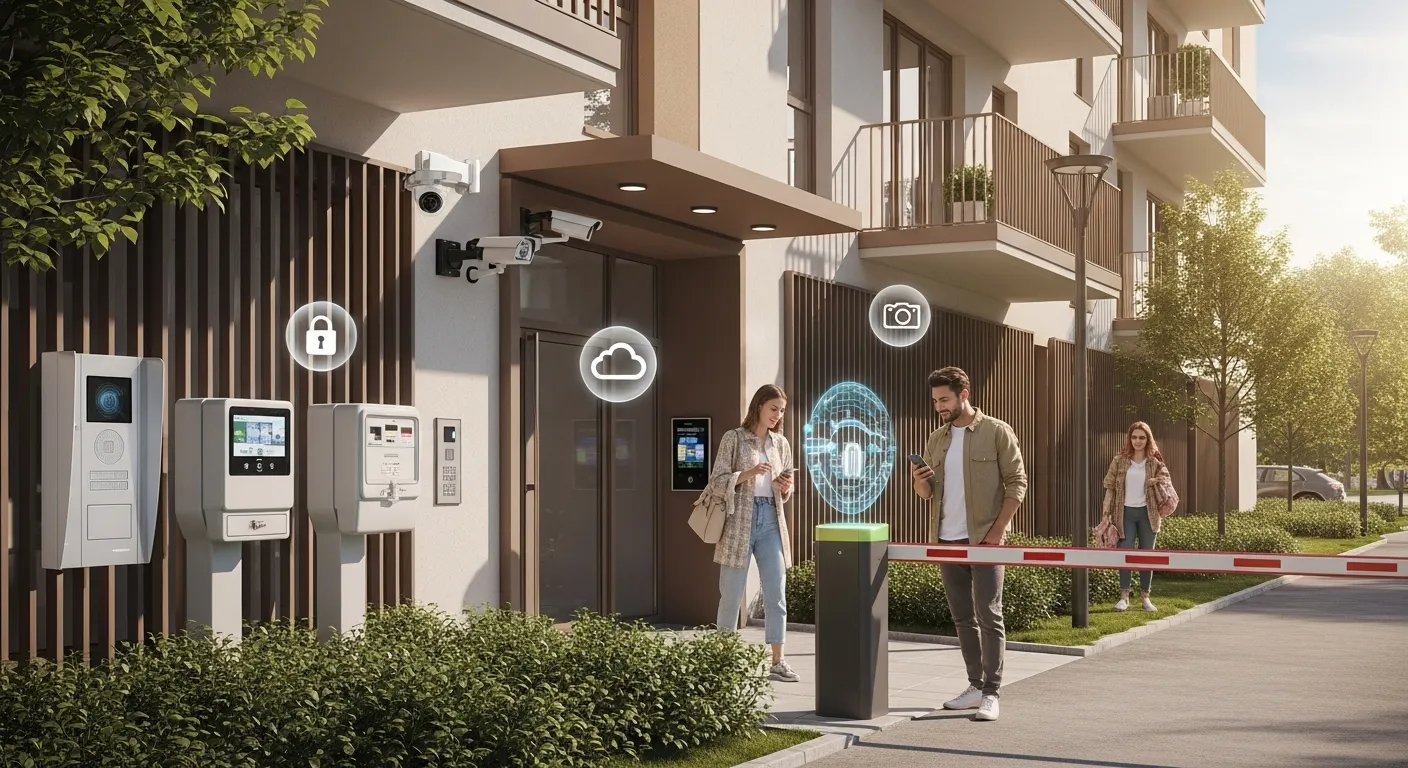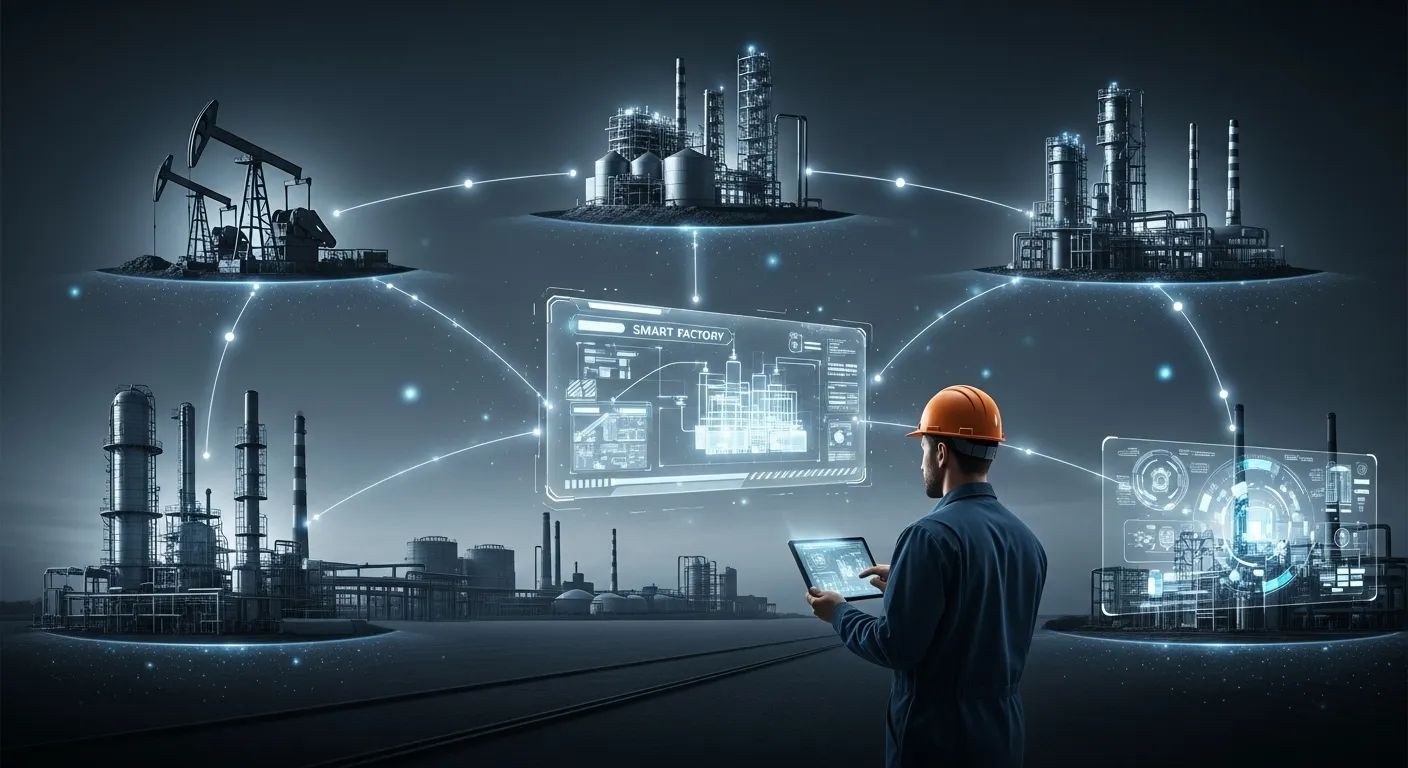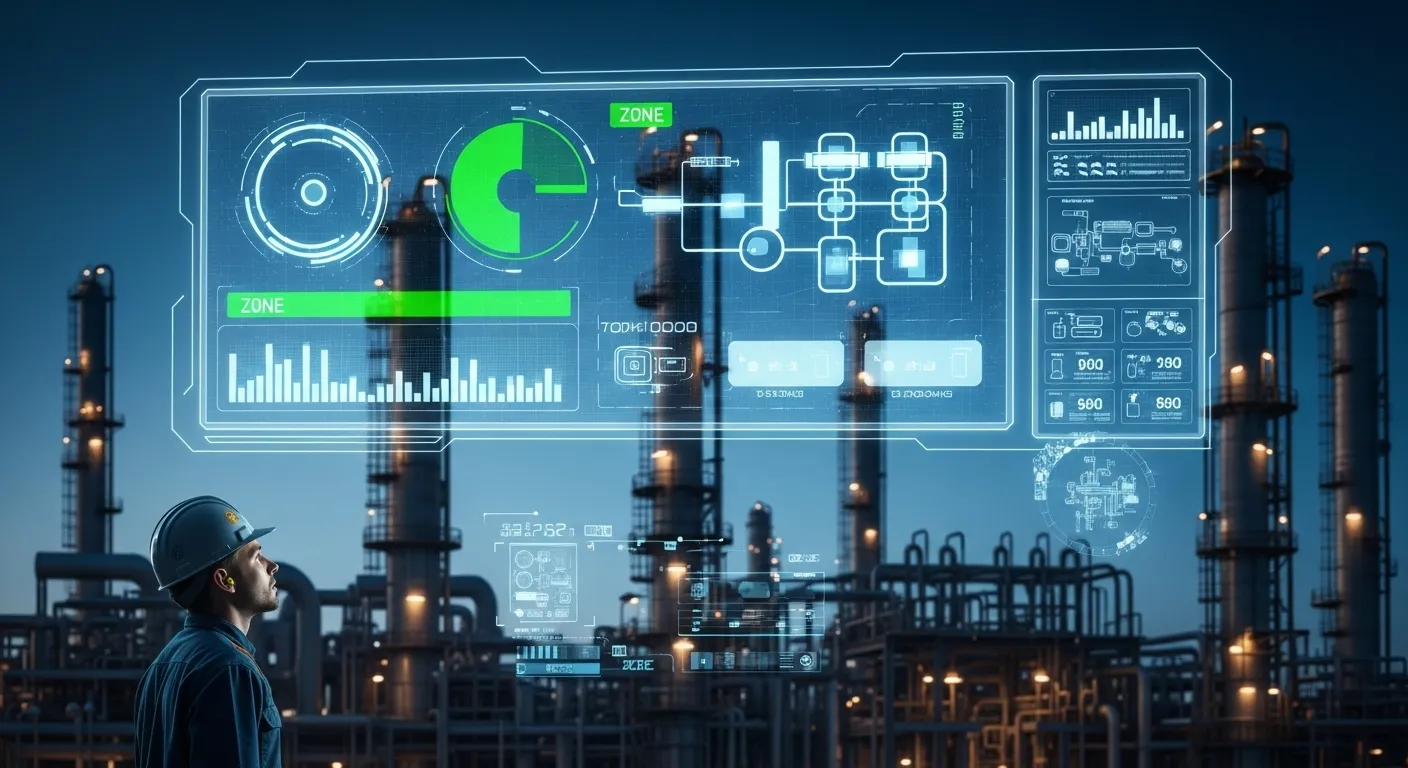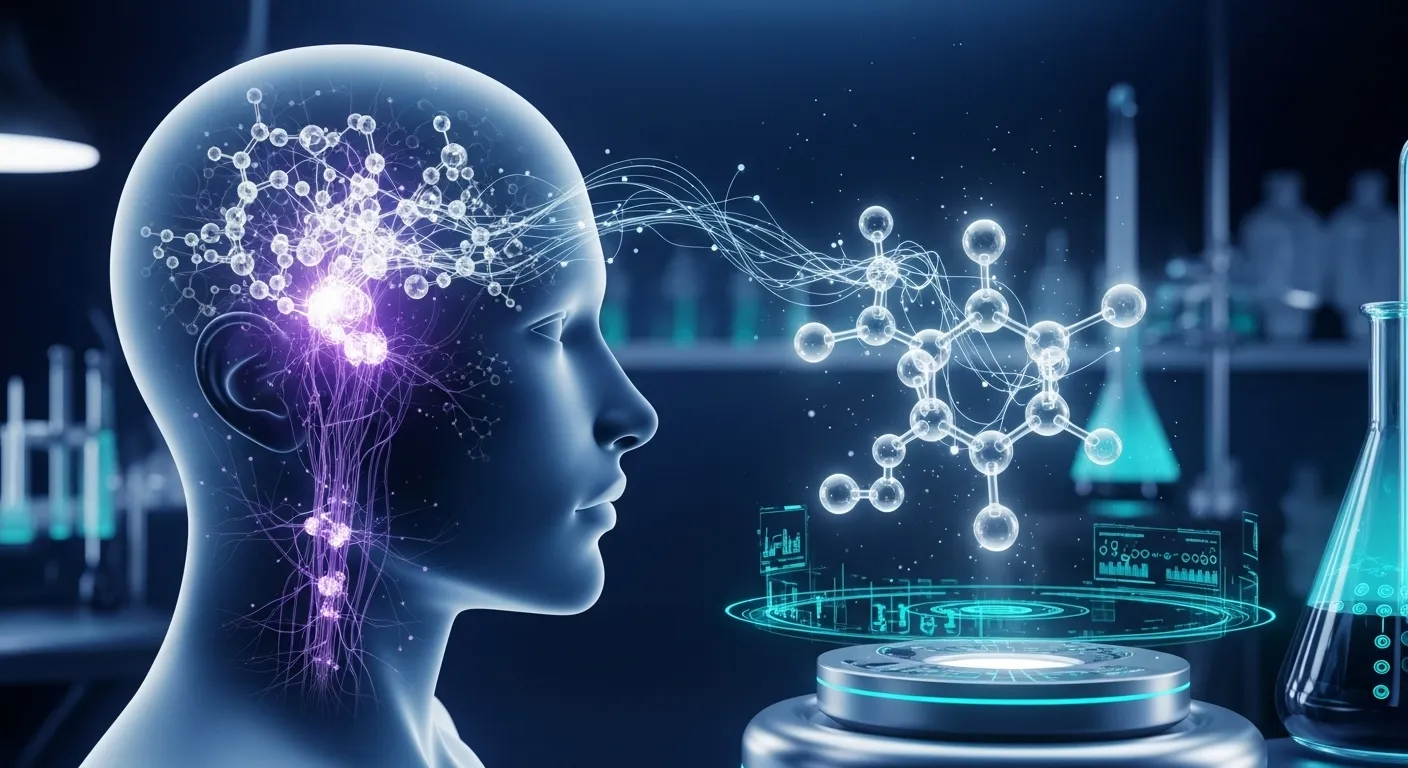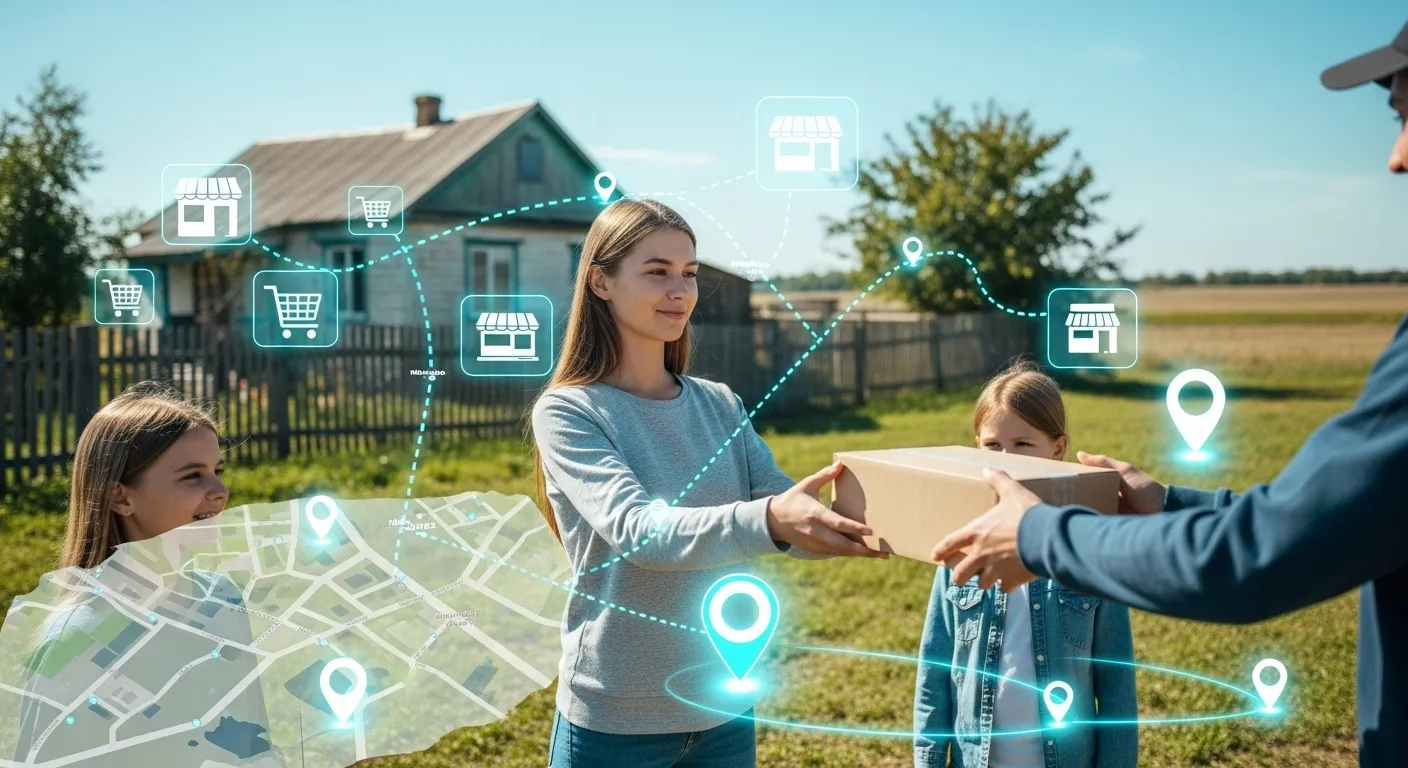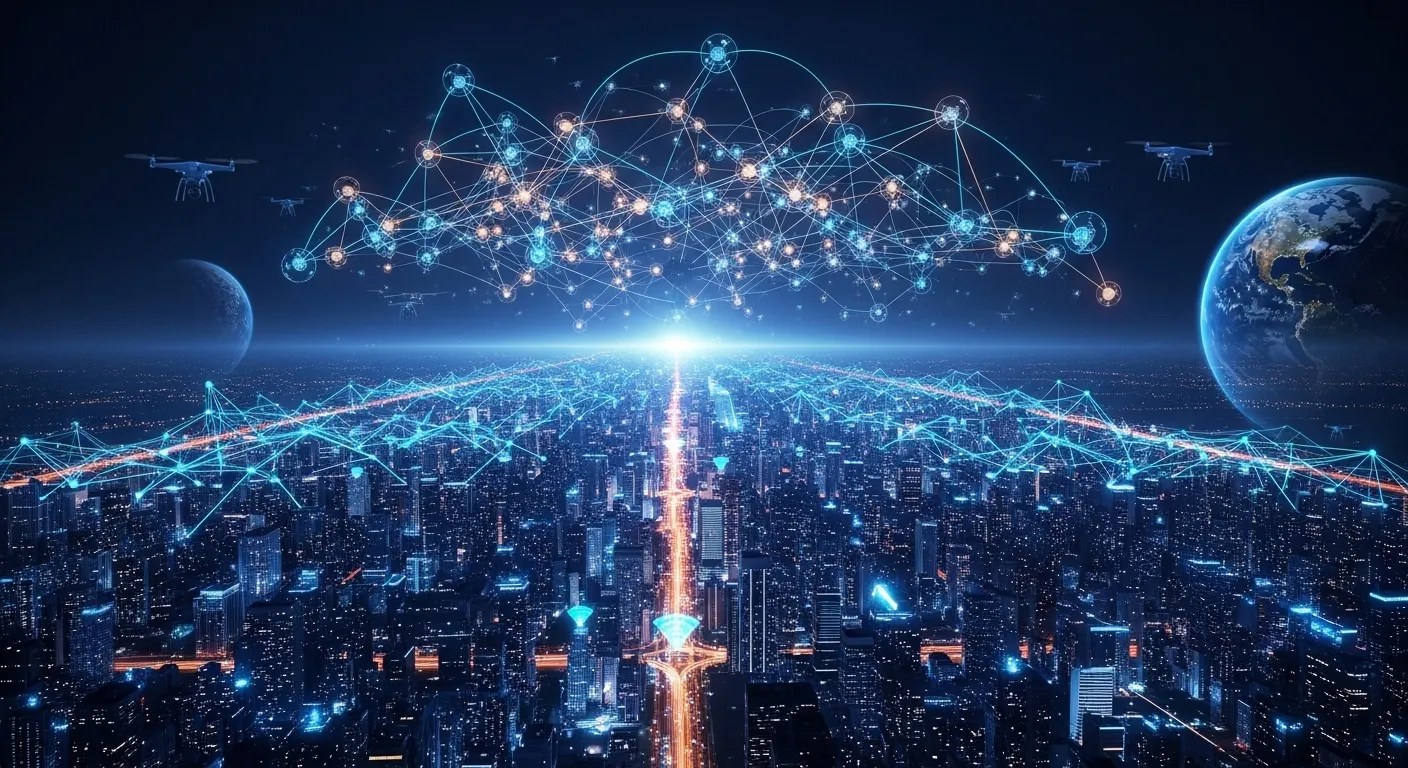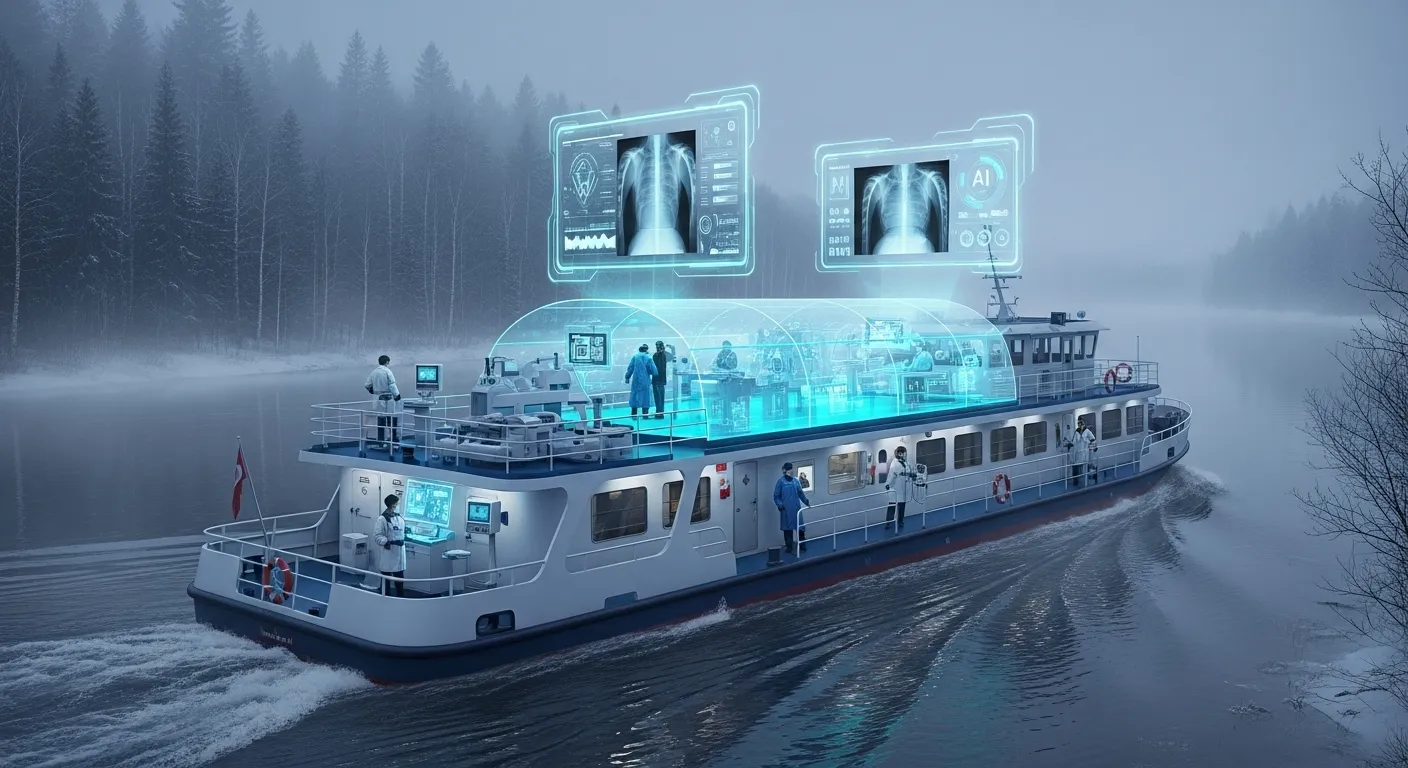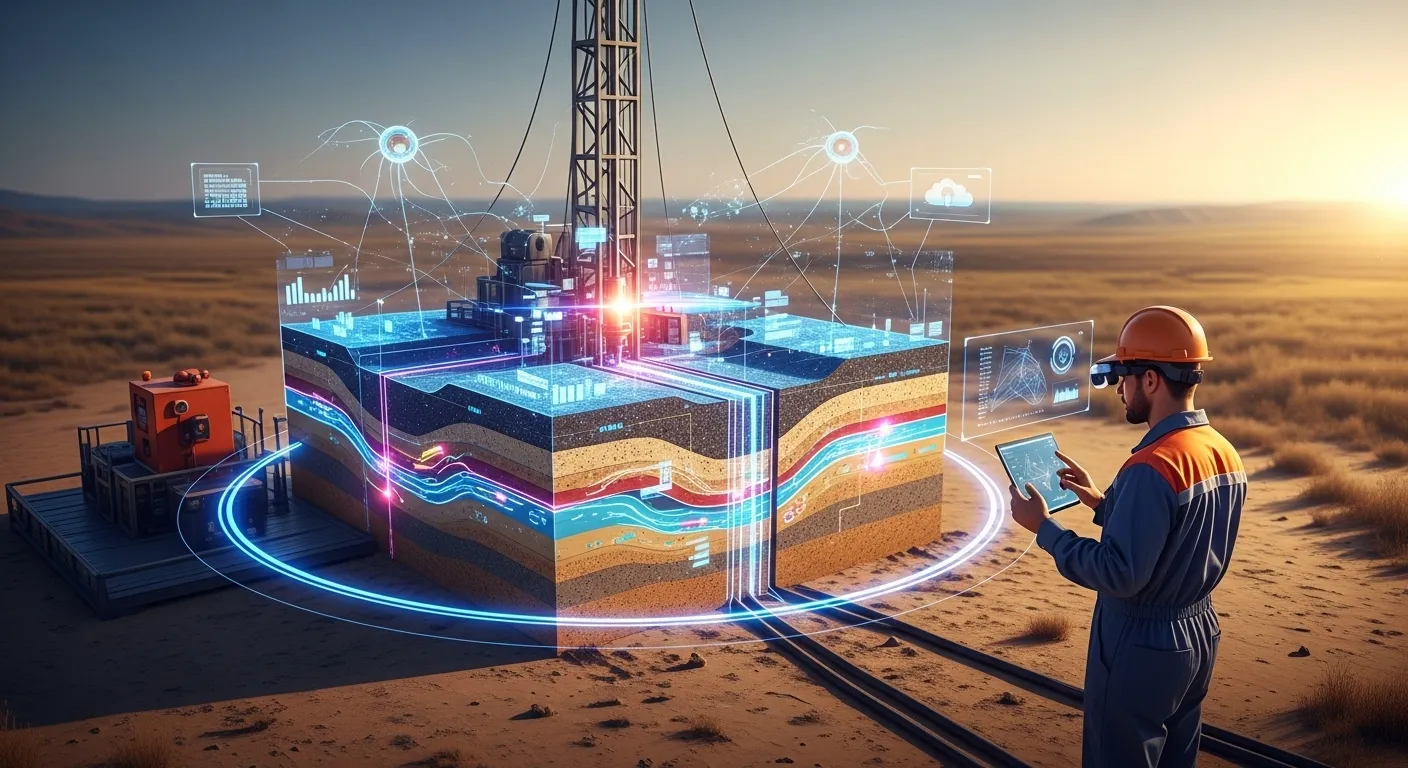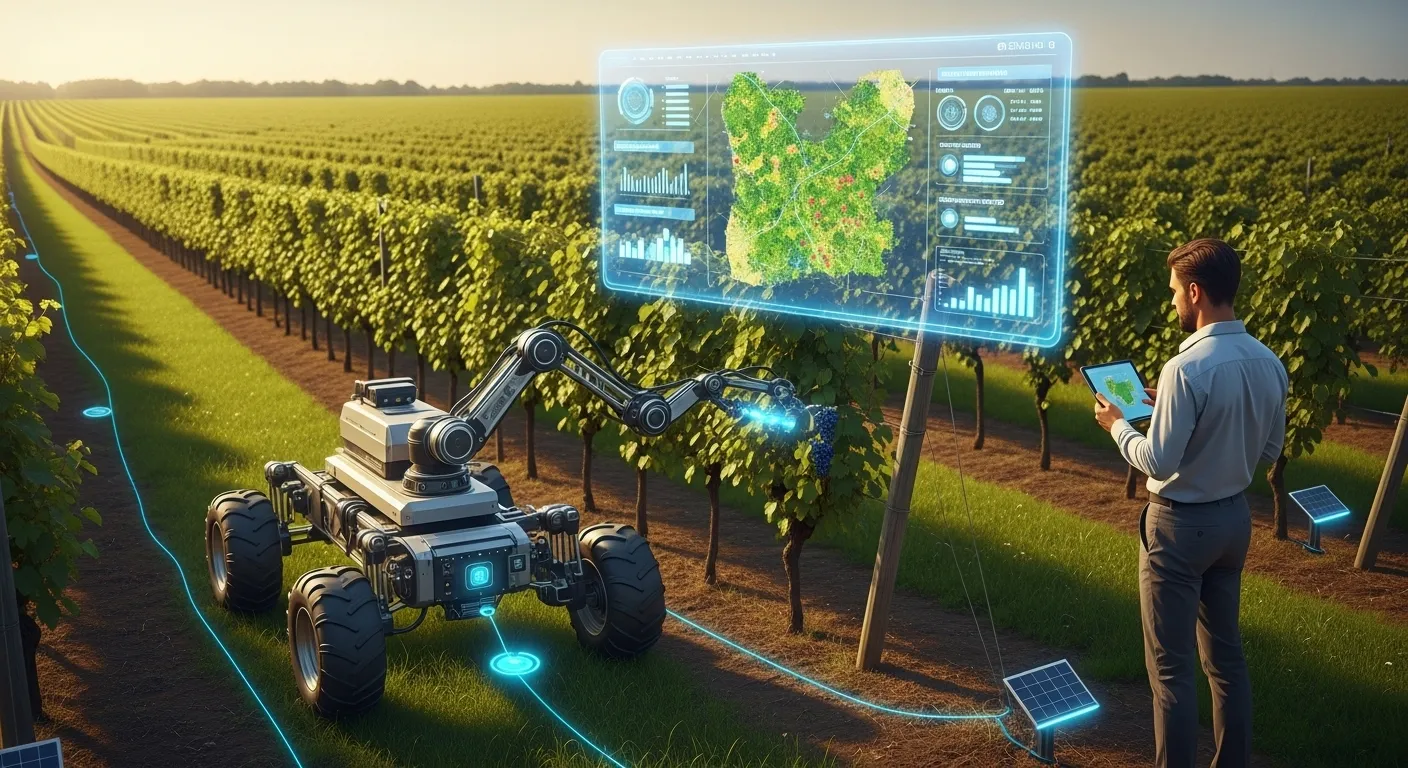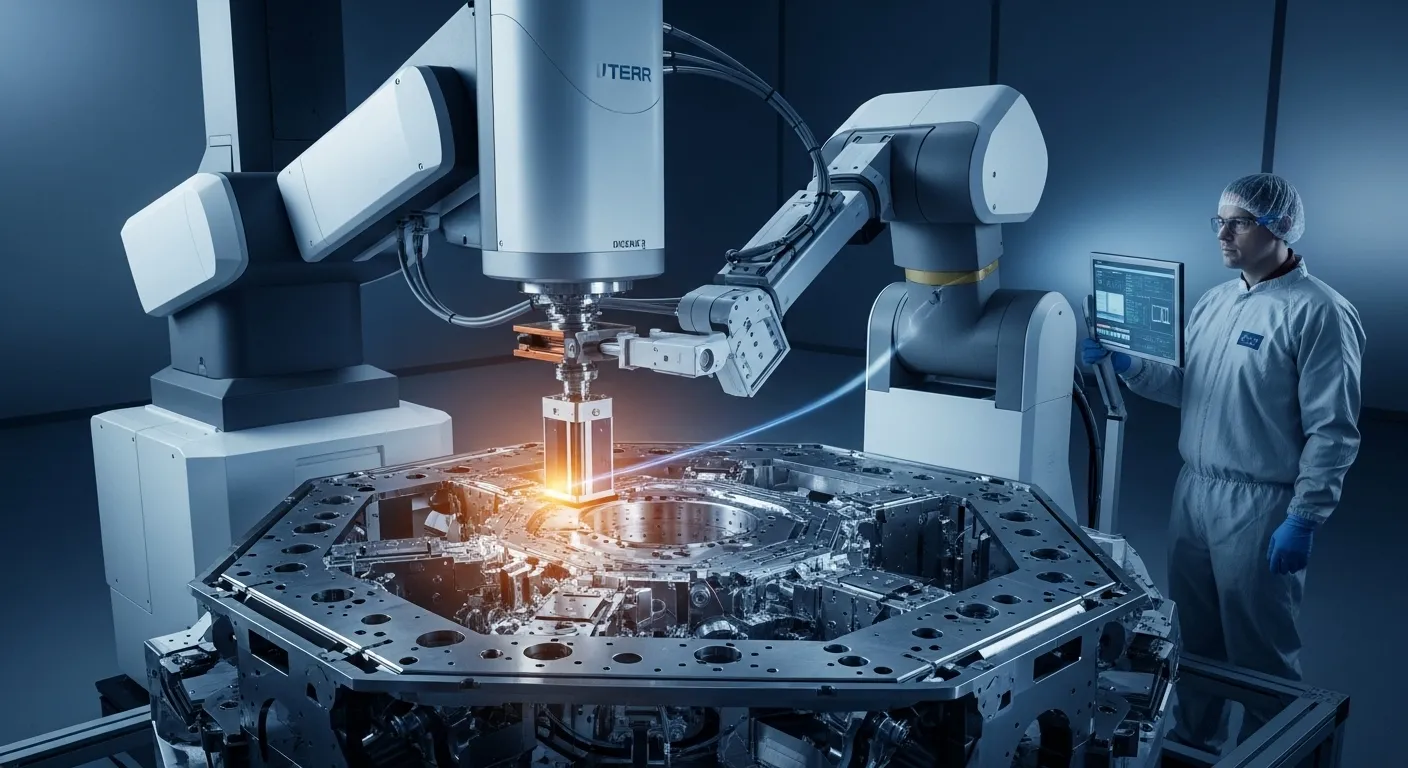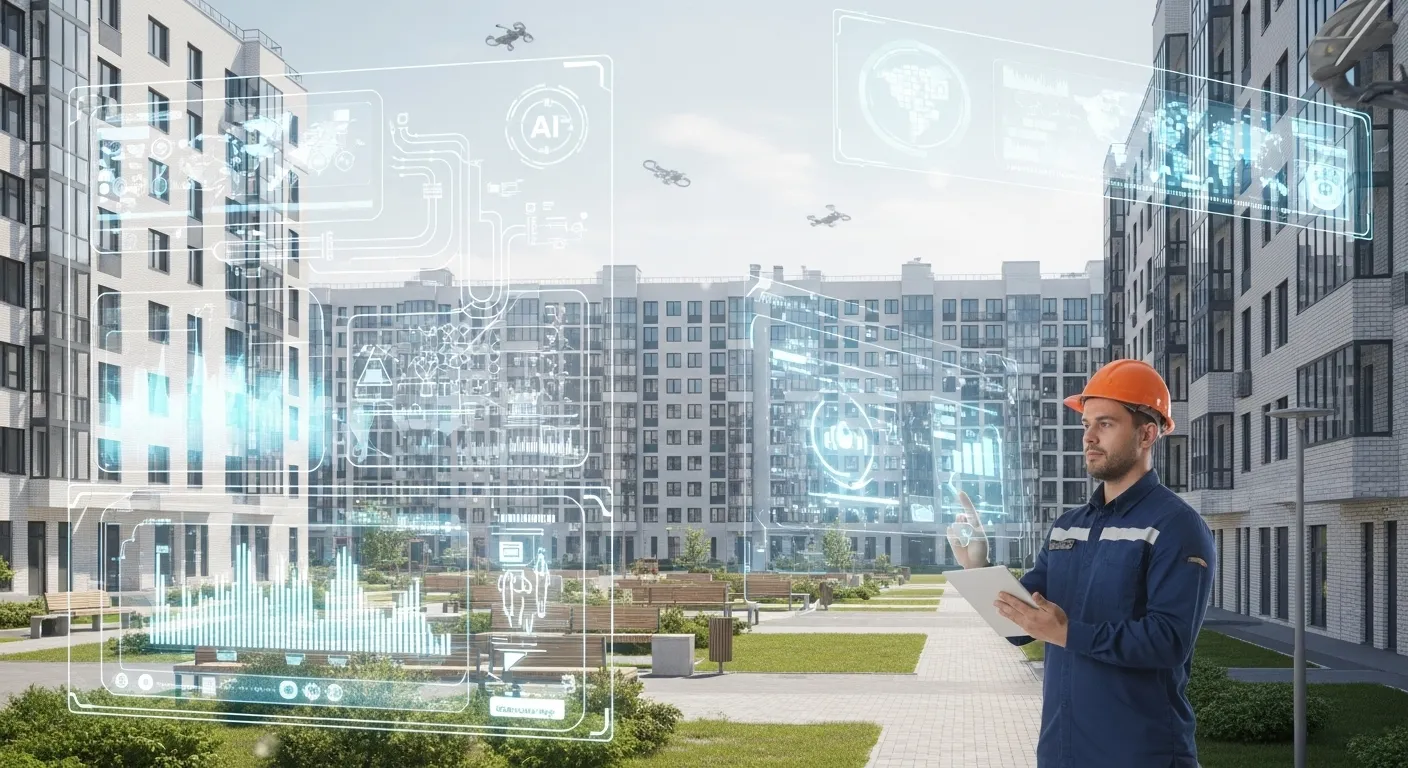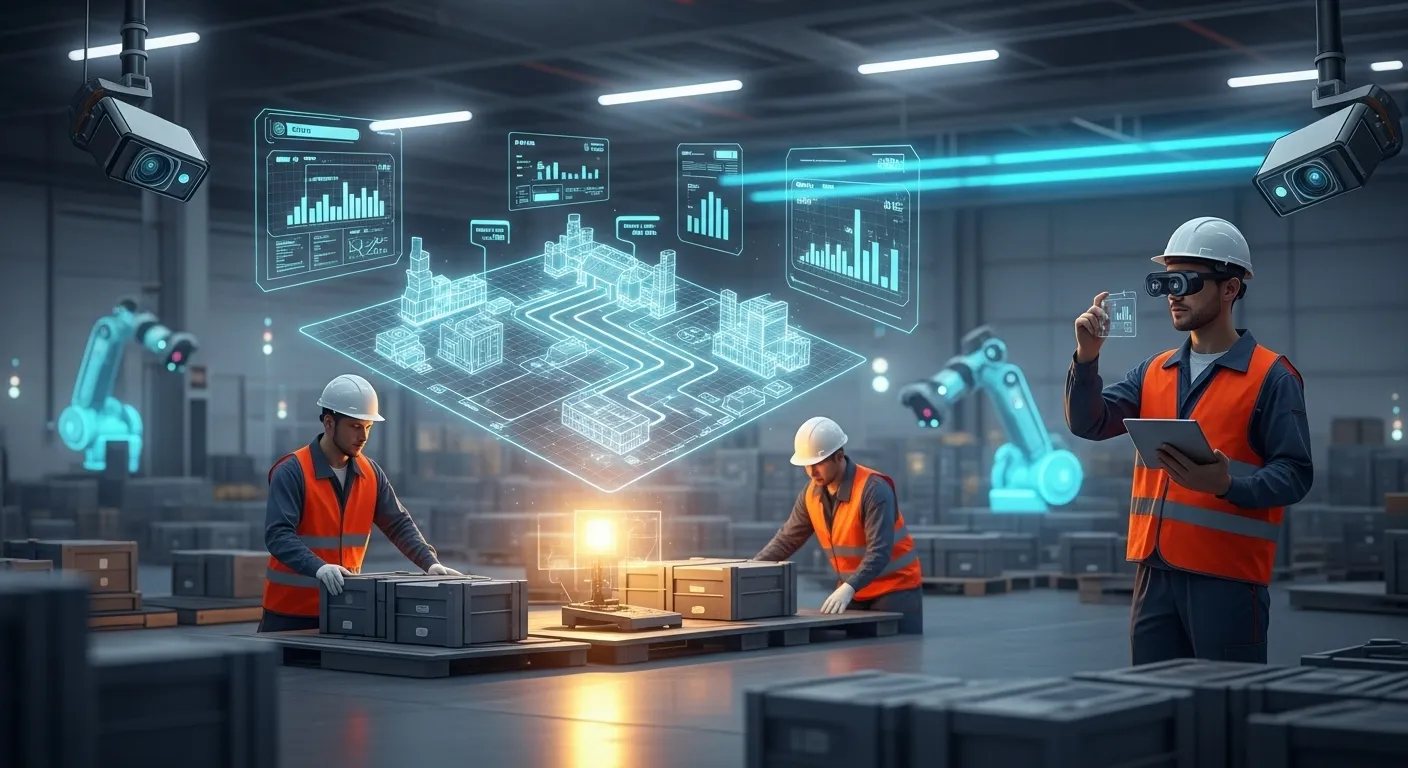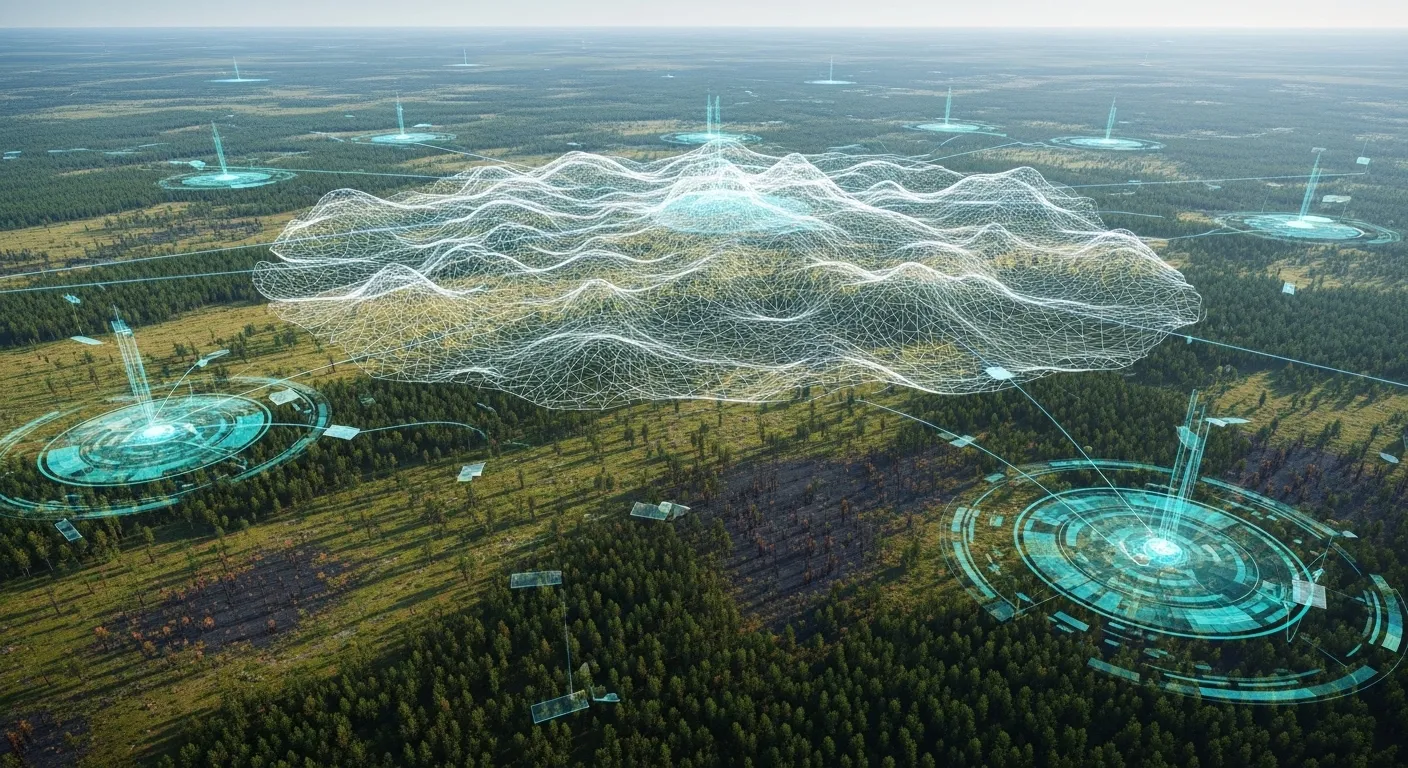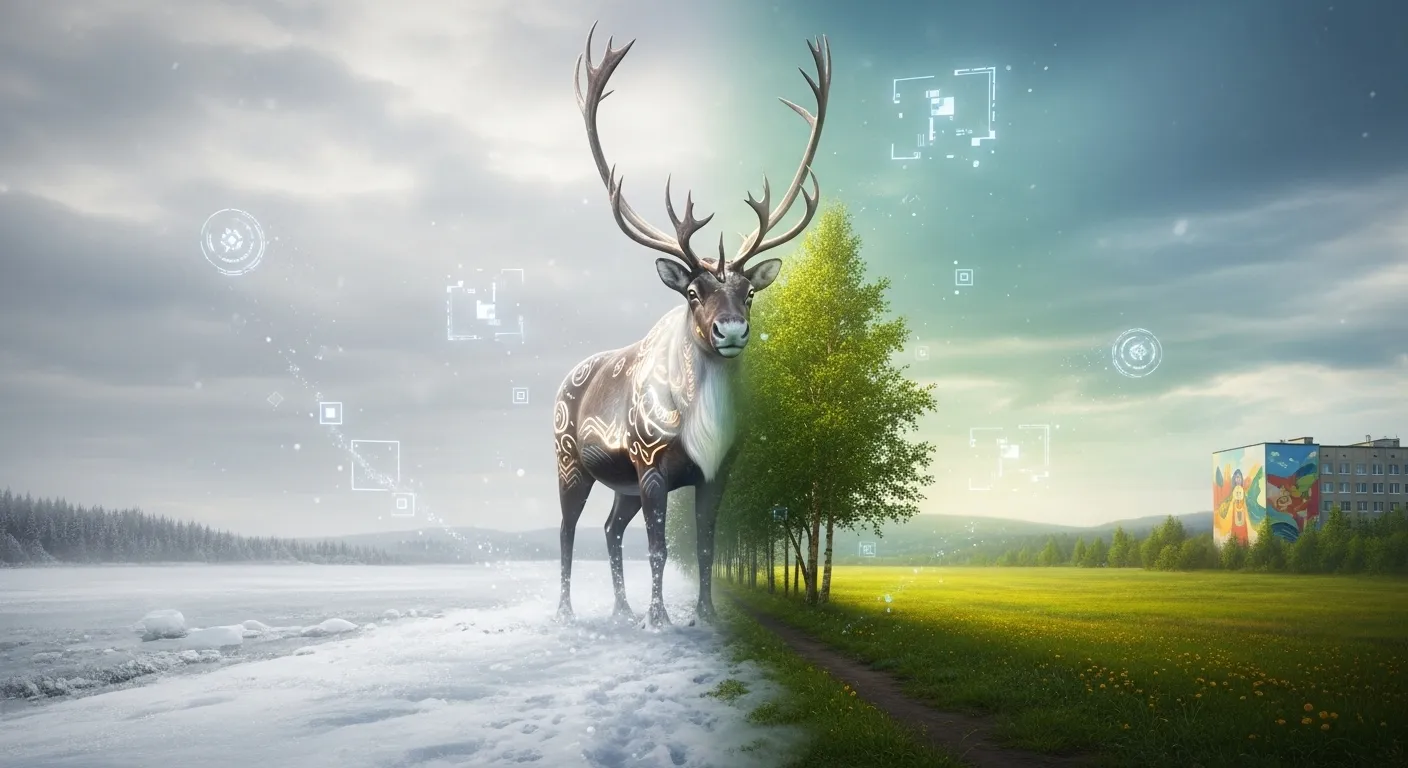Russia in Space Robotics: An Autonomous Assistant for the ISS and the Path to Technological Sovereignty
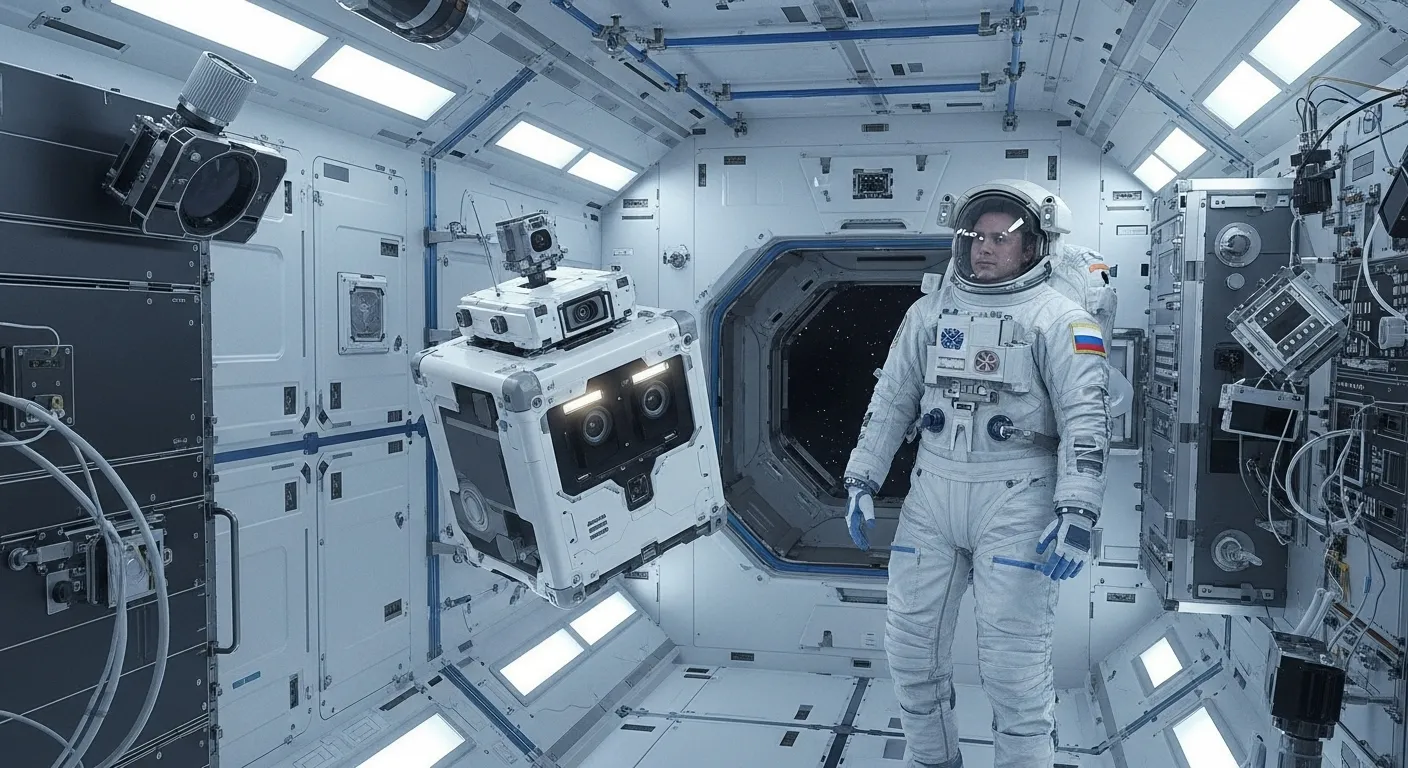
As digital technologies advance at breakneck speed and traditional space collaborators retreat from direct cooperation, securing technological sovereignty has become a top priority. A new autonomous mobile robot for the International Space Station will free Russian cosmonauts from routine chores
Lightening the Crew’s Workload
Developed by Moscow State University’s Institute of Mechanics, this 30 × 30 × 30 cm cubic drone is outfitted with impellers, airlocks, cameras and onboard artificial intelligence. It navigates the ISS interior to document experiments, monitor equipment health and perform repetitive operations, thereby easing astronauts’ workload and providing an unprecedented real‑world testbed for autonomous systems in microgravity.
For Russia’s IT and space sectors, the project is more than a technical feat—it demonstrates the nation’s ability to engineer sophisticated AI‑driven systems without relying on foreign components. At the governmental level, the robot promises to increase astronaut efficiency, reduce human‑error risk and reclaim hours otherwise spent on mundane tasks. For the public, it symbolizes cutting‑edge innovation, inspiring youth to pursue STEM careers and boosting the prestige of scientific professions.
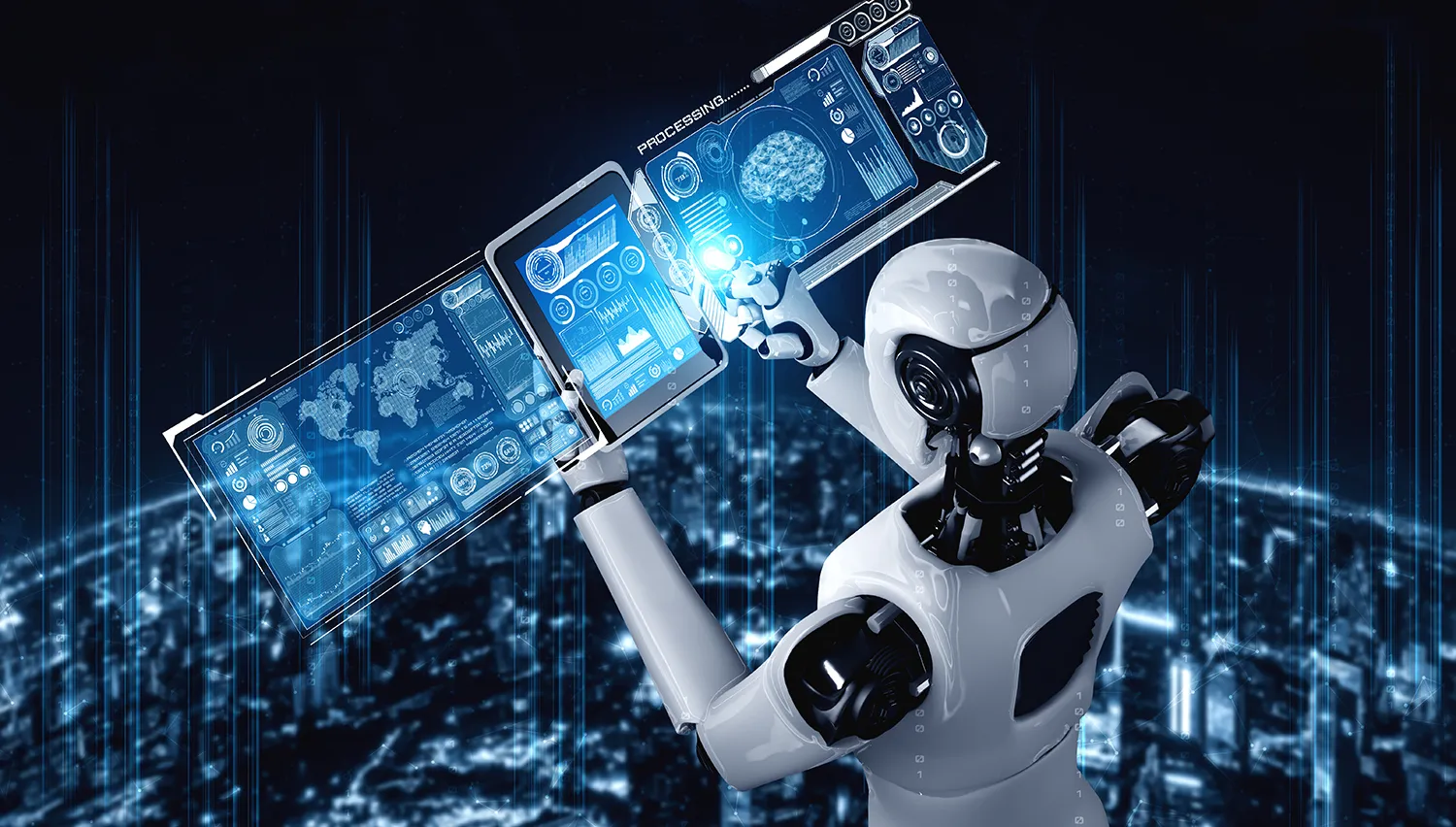
Export Potential and Terrestrial Spin‑Offs
On the global stage, Russia solidifies its reputation as a mature space‑technology power. Compact autonomous platforms like this cube drone hold promise for countries planning their own orbital stations or lunar and Martian missions. Thanks to standardized interfaces, the Russian robot could integrate into future European or American missions, fostering renewed international collaboration.
Domestically, the same autonomous‑AI framework can be repurposed across high‑tech industries—from inspecting remote energy infrastructure to automating safety checks in hazardous plants. In particular, Text‑to‑Task AI (T2T‑AI) will enable real‑time command processing, paving the way for broader AI adoption in scientific research and industrial workflows, ultimately benefiting people through safer operations, faster maintenance and more reliable data.
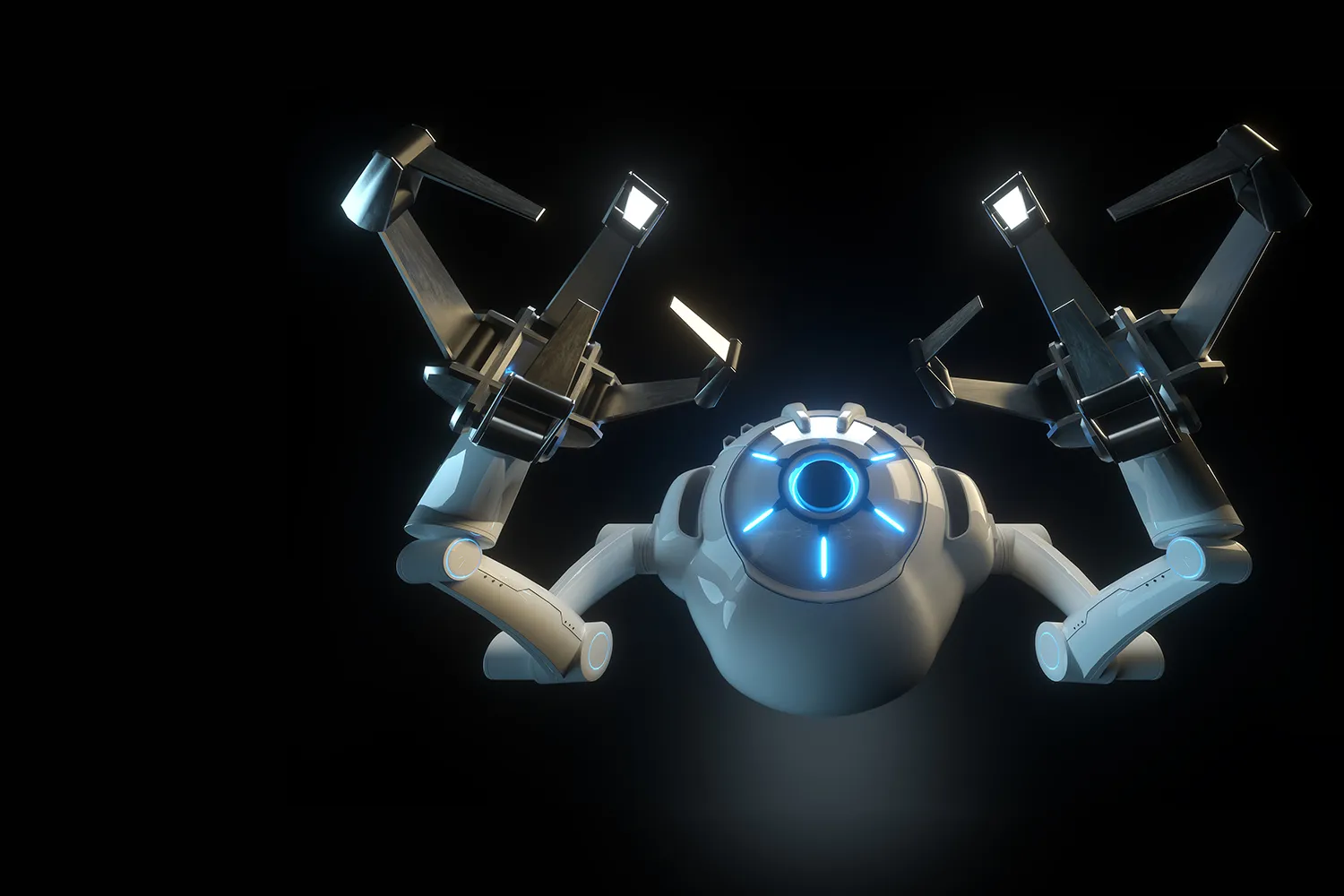
From CIMON to the Next Generation: A Historical Perspective
Over the past five years, autonomous space robotics have evolved rapidly. In 2020, Airbus and IBM’s Watson‑powered CIMON‑2 flew aboard the ISS, assisting with experiments and even recognizing crew emotions—yet its autonomy remained limited. Between 2019 and 2022, Russia tested the humanoid FEDOR on the station, demonstrating extravehicular task capabilities but stopping short of full autonomy.
Since 2023, Russian researchers have shifted focus to compact platforms. At Peter the Great St. Petersburg Polytechnic University, engineers are prototyping “unmanned inspectors”—mini‑drones that autonomously survey external station structures. These efforts mirror the global trend toward miniaturized, self‑sufficient space robots.
With its first in‑orbit trial slated for 2027–2028 and plans to integrate the technology into Russia’s future orbital outpost after 2028, this autonomous cube drone marks a strategic advance—opening new horizons for Russian science, industry and international standing.



